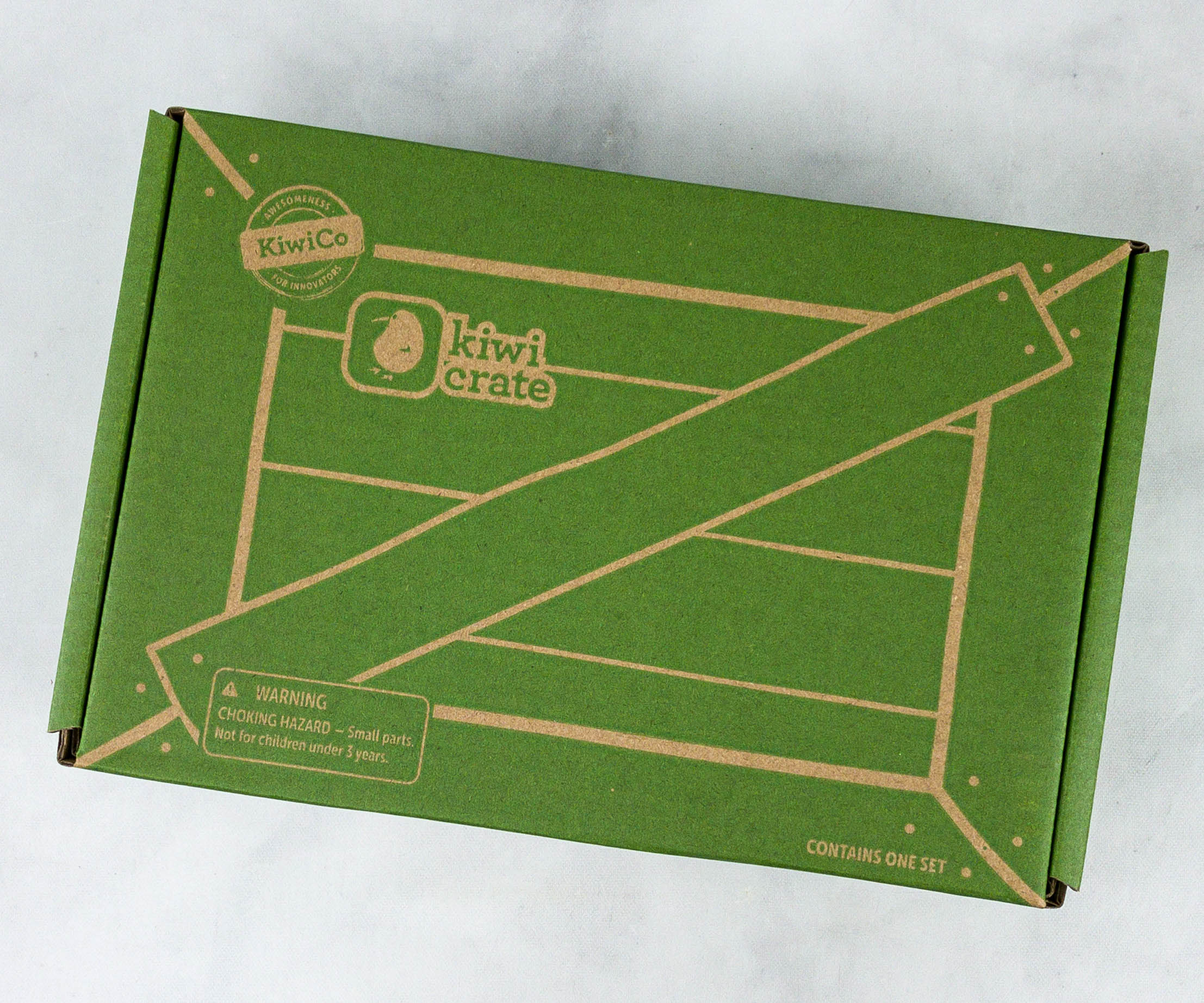
Kiwi Crate is a kids’ craft and activity subscription that comes with everything you need to complete a great project or two, usually a pair of crafts that can be used as toys or playtime props. The box is geared for ages 5-8, and the projects are always age-appropriate, though some require more parental assistance than others.
Kiwi Crate is the most popular craft and activity subscription box for kids!
DEAL: Use this link to save 30% on your first box of Kiwi Crate! (or KiwiCo family subscriptions Tinker Crate, Koala Crate, Atlas Crate, Cricket Crate, Doodle Crate, and Maker Crate).
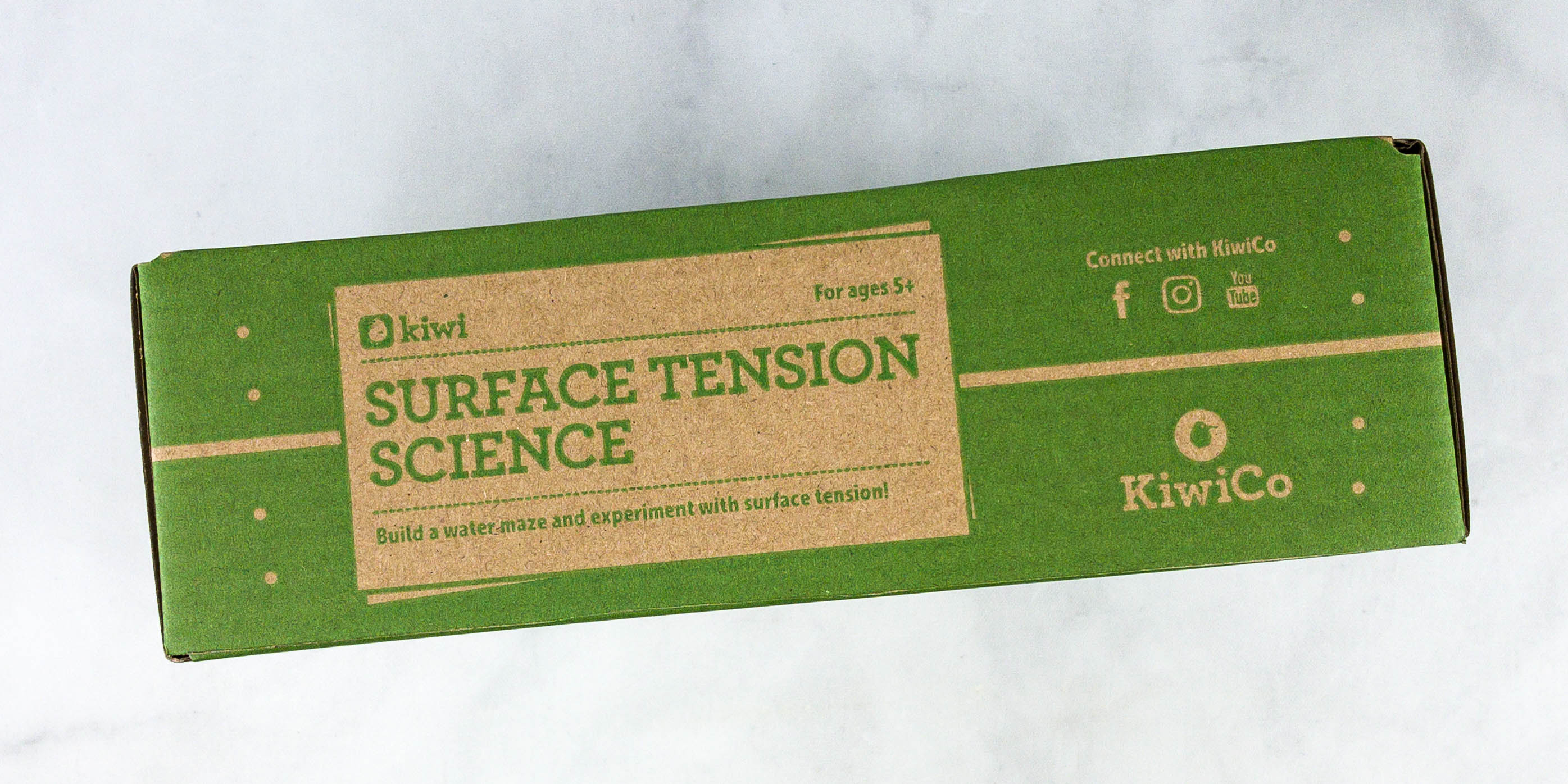
This month’s theme is SURFACE TENSION SCIENCE!
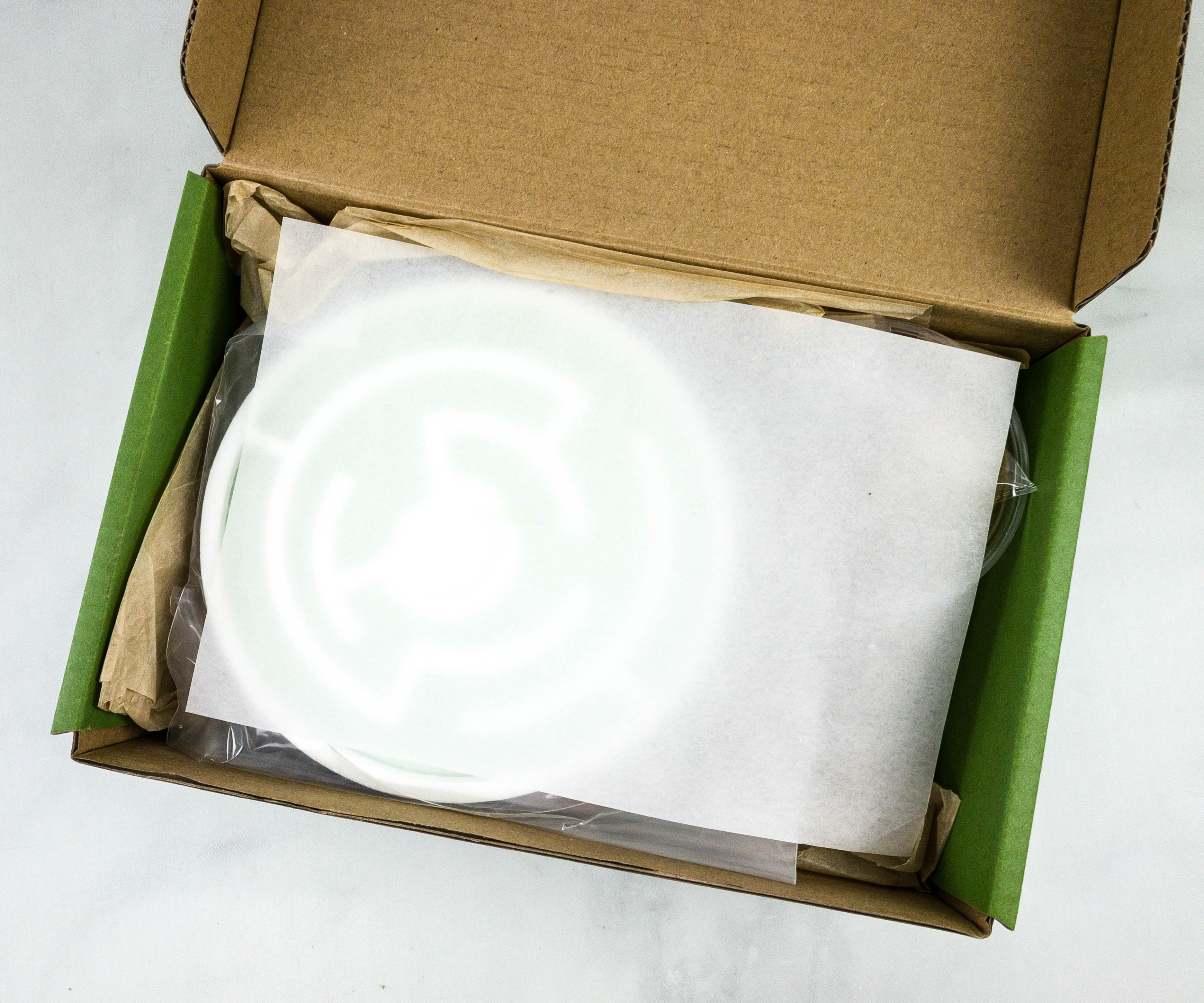
Kiwi Crate includes all the necessary supplies for the featured activities, plus explore! magazine.
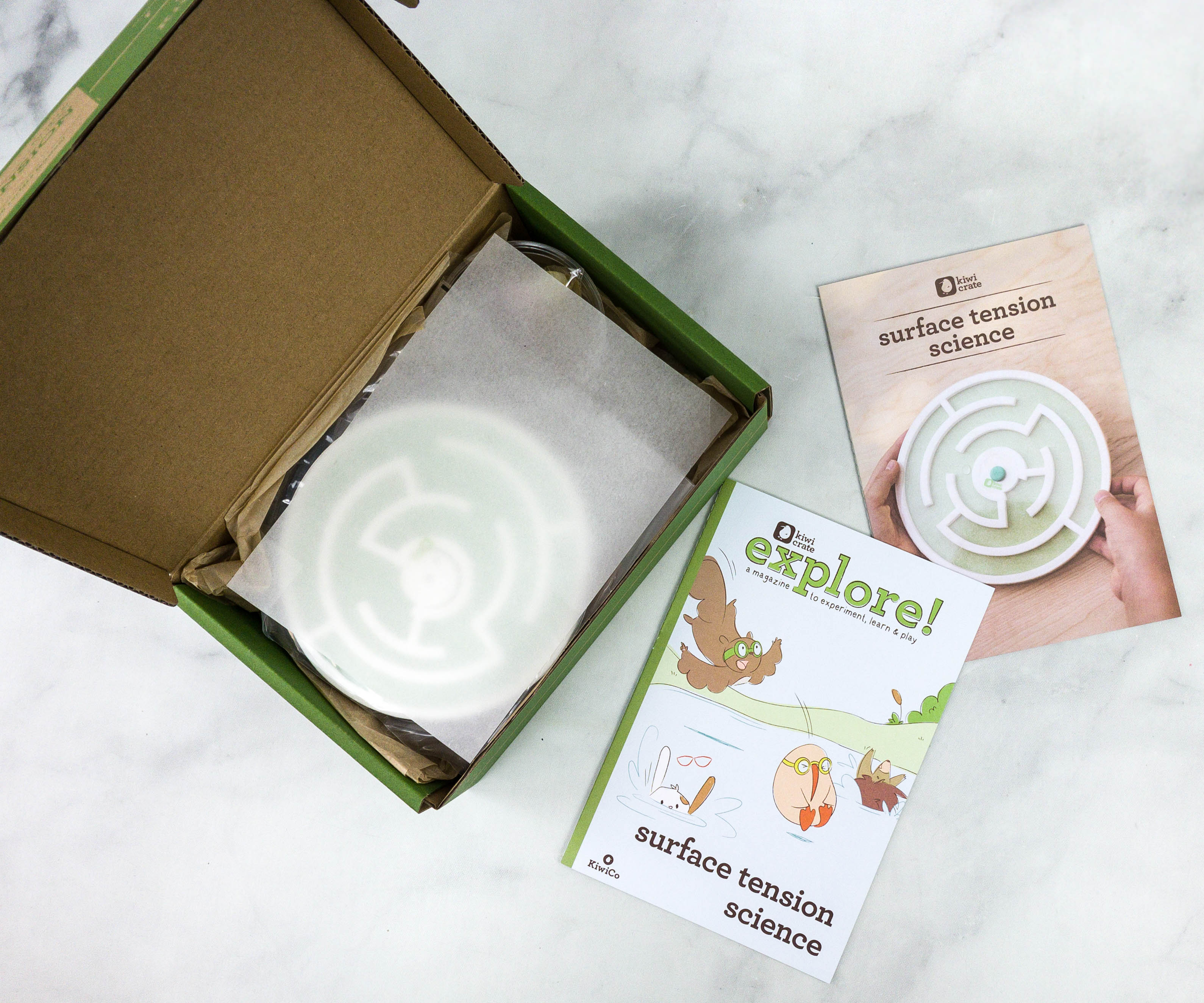
Everything was neatly packed in the box, some of the materials were even packed in plastic.
Explore! Magazine
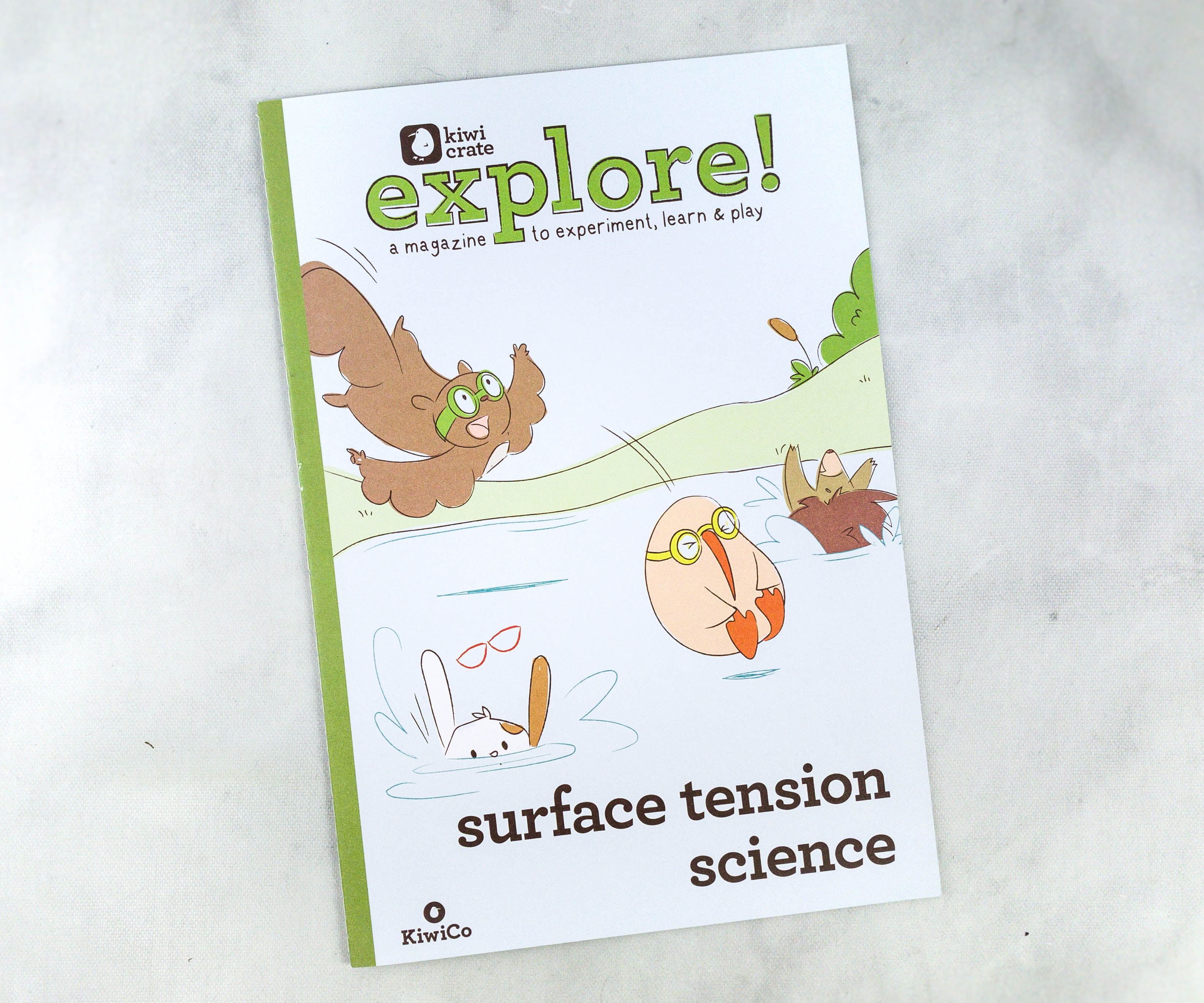
An issue of explore magazine is included in every Crate. It is full of fun content that brings the project to life. explore! has read, draw, learn, explore, eat, and make designated activities. There is really a lot to look at and read – a comic, puzzles, and games – and it really extends your young one’s engagement with the Crate. Each expands on the theme of the box, whether through factoids, drawing activities, or recipes, but the variation is helpful for engaging different learning styles and interests.
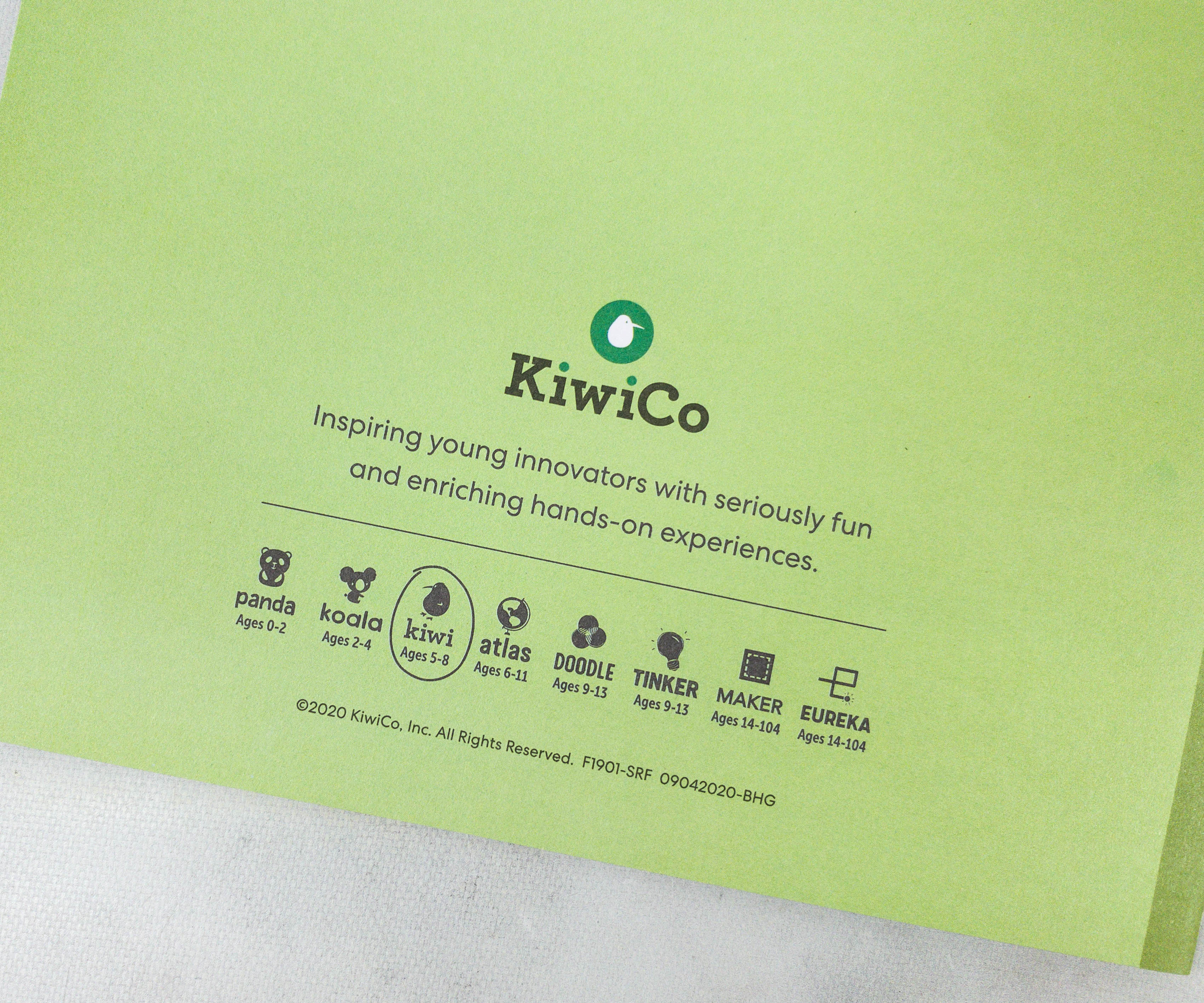
KiwiCo, Inspiring young innovators with seriously fun and enriching hands-on experiences.
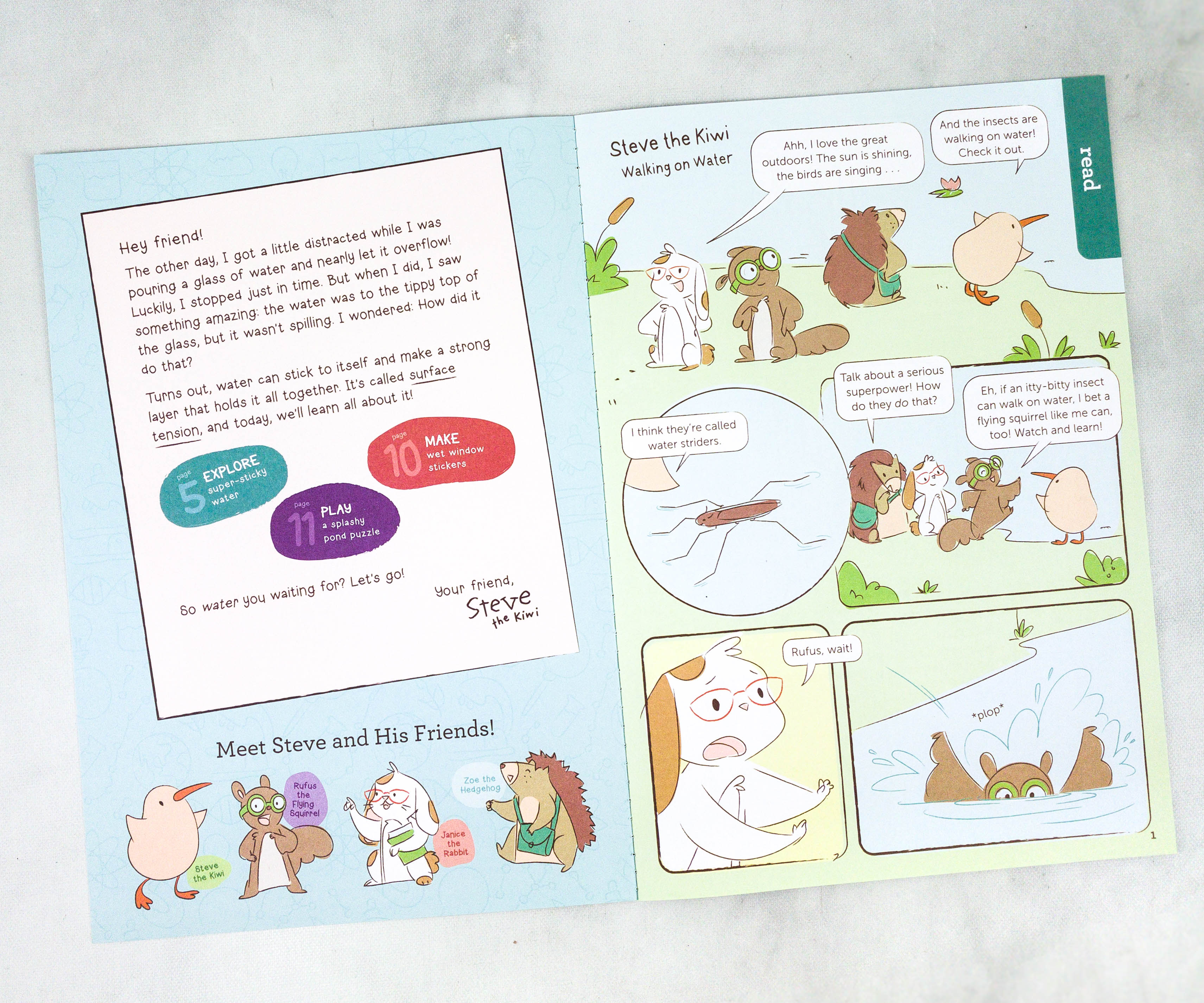
There is always a comic featuring Steve the Kiwi and his pals.

My kids love reading the magazine, they find it very interesting!
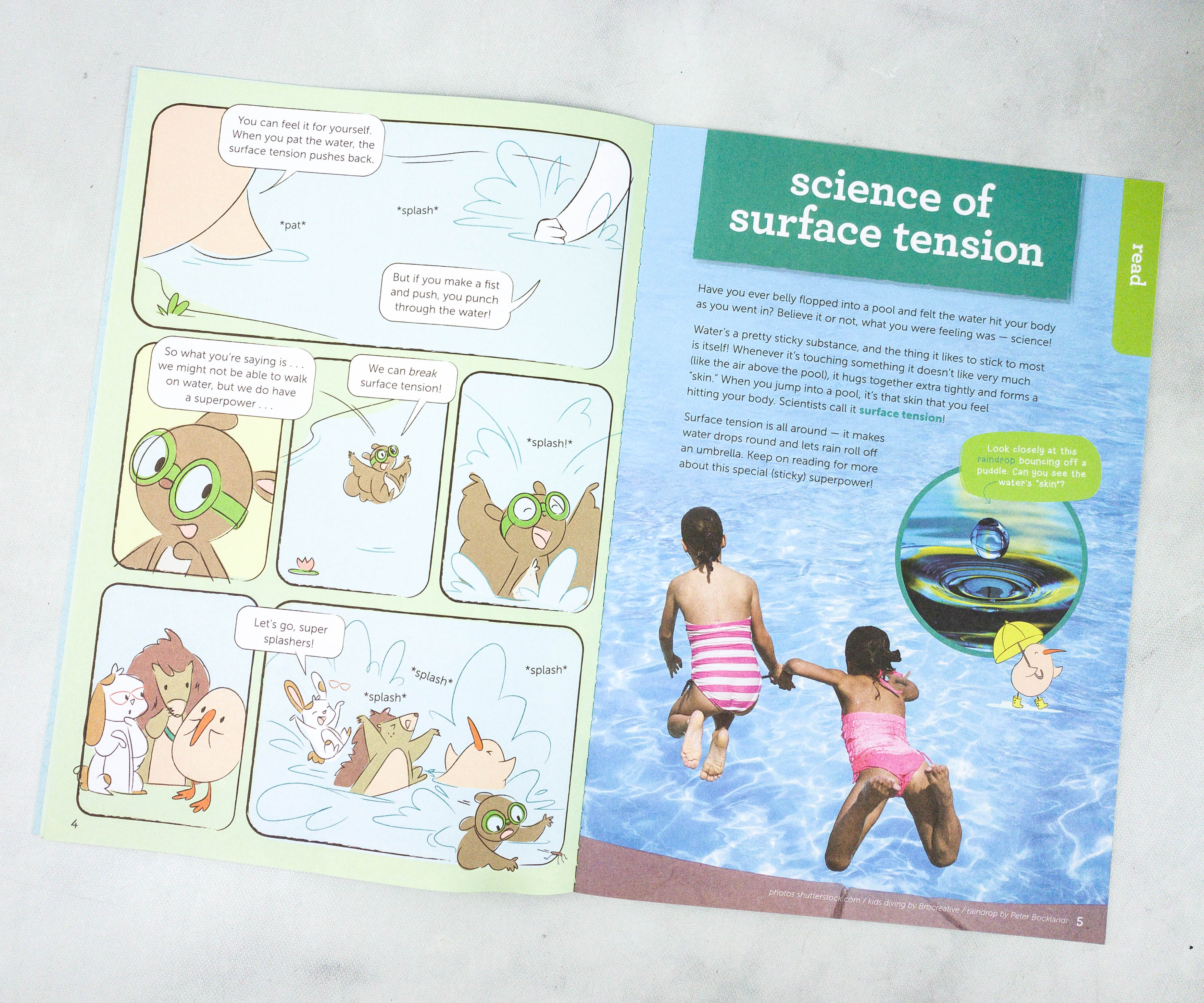
This magazine also includes a lot of historical and scientific information relating to the current theme, including the science of surface tension!
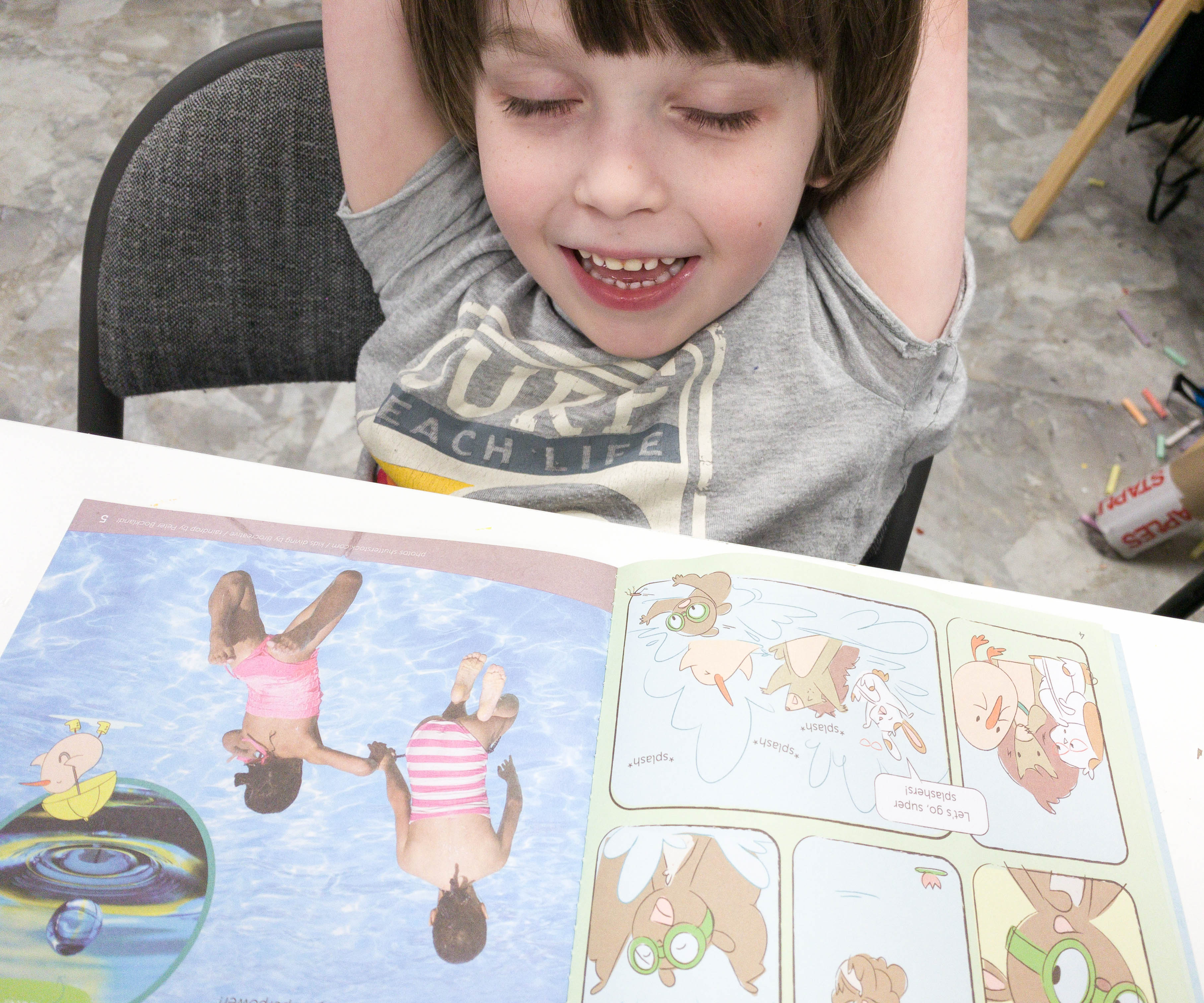
My son’s favorite part of the magazine is the comic strip with Steve the Kiwi.
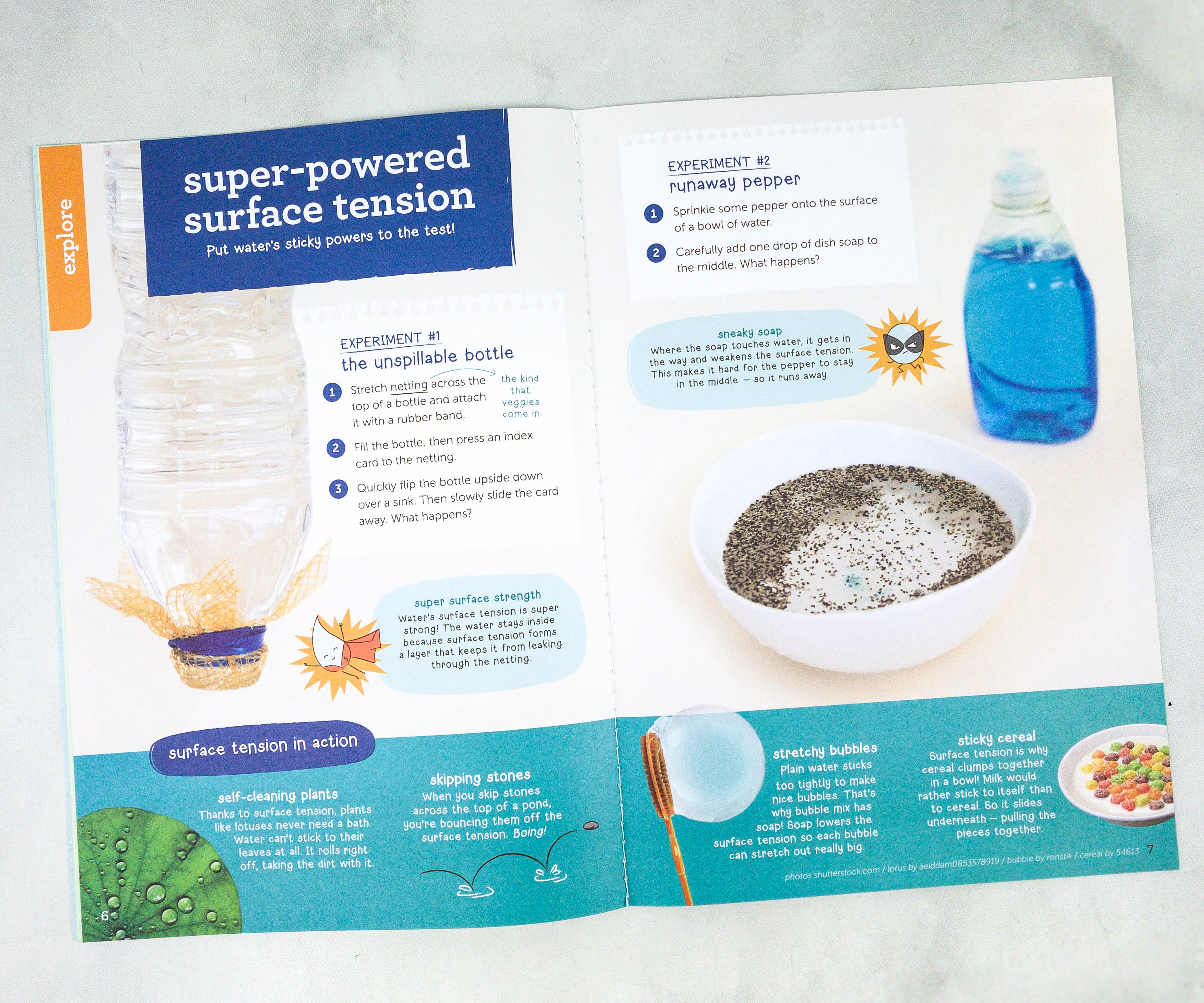
This part of the booklet features two experiments: the unspillable bottle and runaway pepper. Each experiment discusses and highlights the importance of super-powered surface tension!
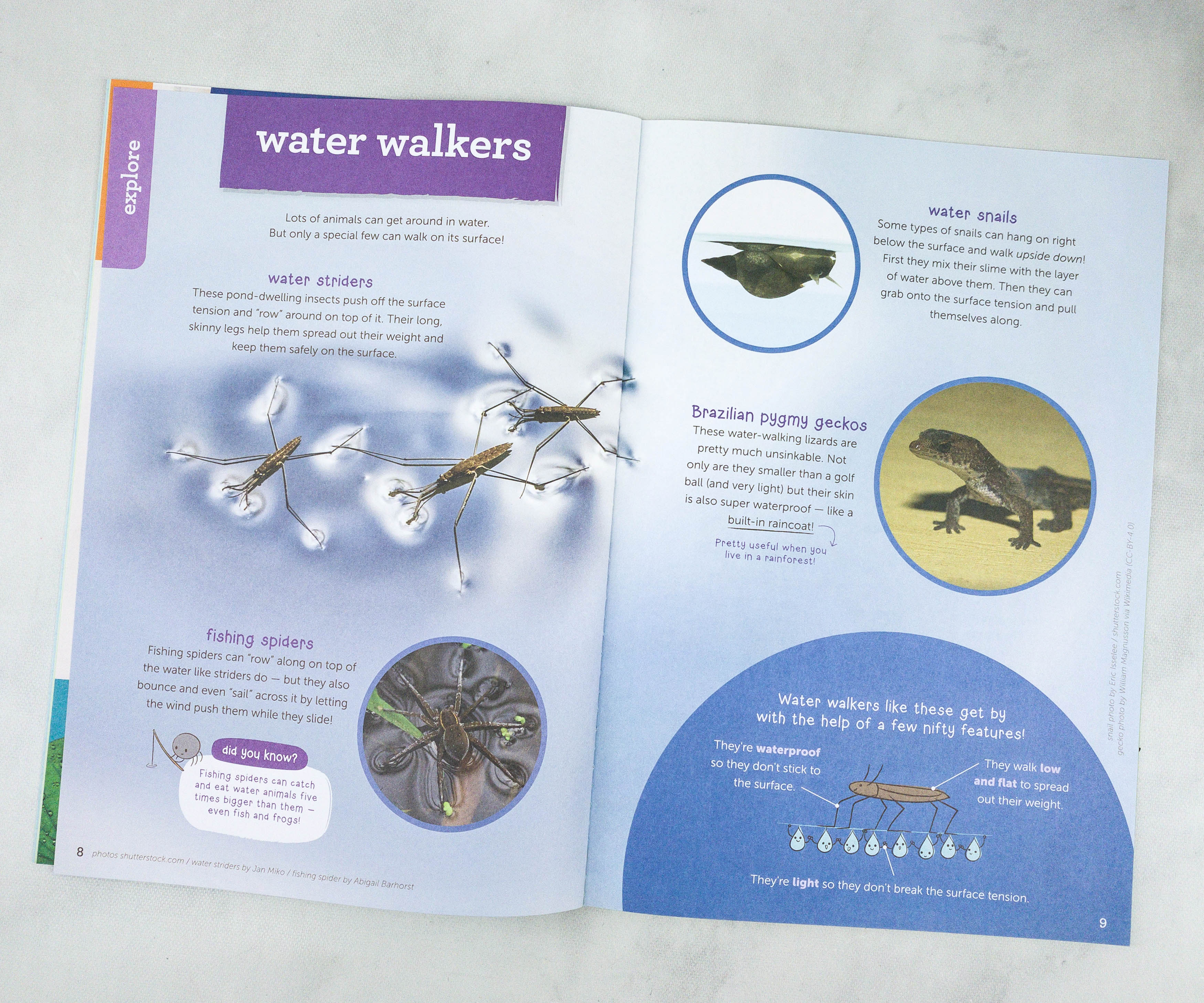
Featured in this part of the booklet are the different types of animals that can walk on the surface of the water. It includes the water striders, fishing spiders, water snails, and Brazilian pygmy geckos. This booklet even explains how these animals can walk on water!
Water walkers like these get by with the help of a few nifty features!
They’re waterproof so they don’t stick to the surface.
They walk low and flat to spread out their weight.
They’re light so they don’t break the surface tension.
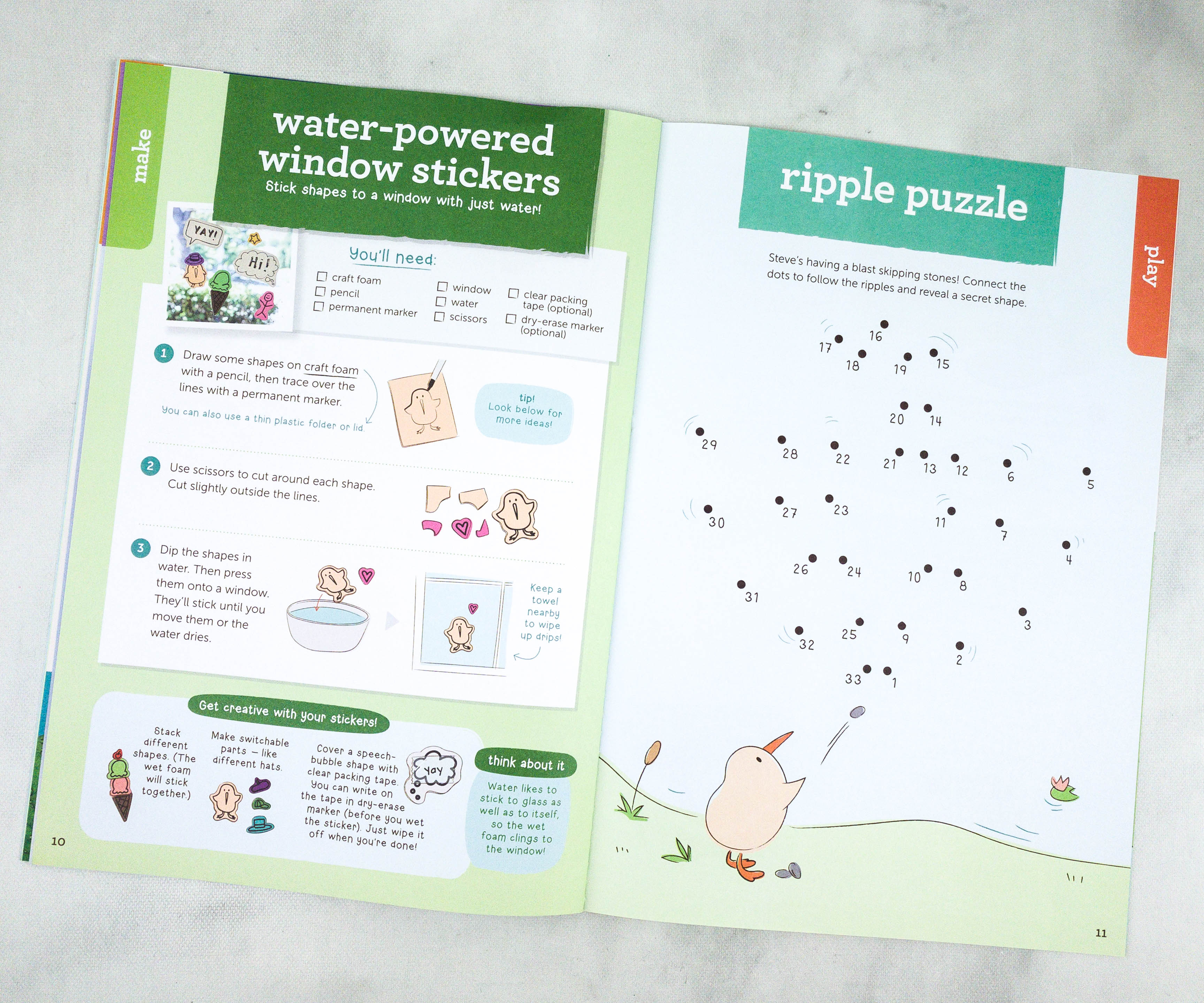
Another suggested activity is making water-powered window stickers where you’ll need craft foam, pencil, permanent marker, window, water, and scissors. Clear packing tape and dry erase marker are optional. On the other page is a connect-the-dot game.
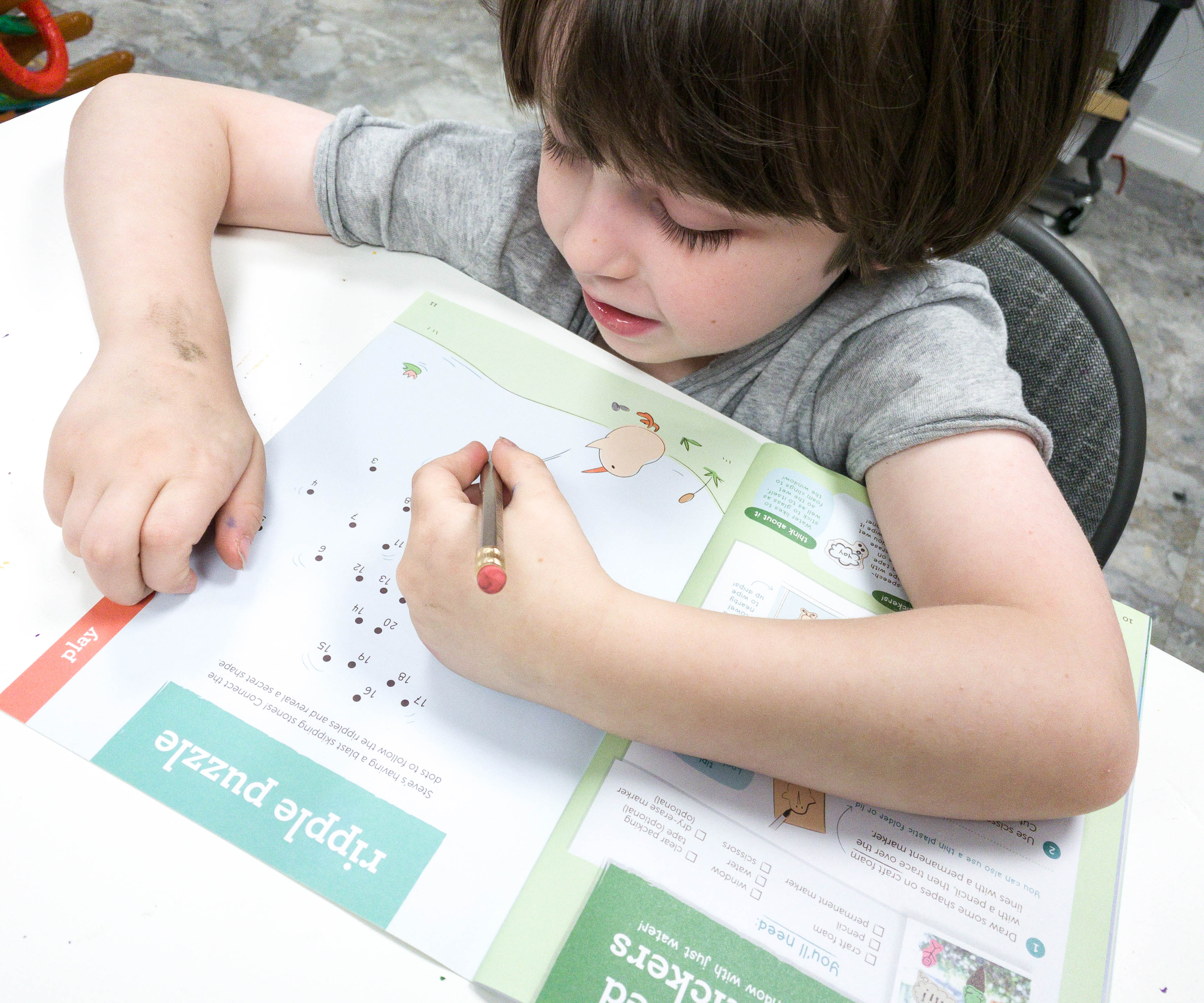
My son finds this activity pretty interesting. He quickly grabbed his pencil and traced it.

The booklet even introduced a unique recipe that is closely related to this month’s theme, Cheesy Soup Skimmers! Also, there’s a Kiwi quiz on the next page and instructions on how to send a letter to Steve.
Kiwi Crate Crafts
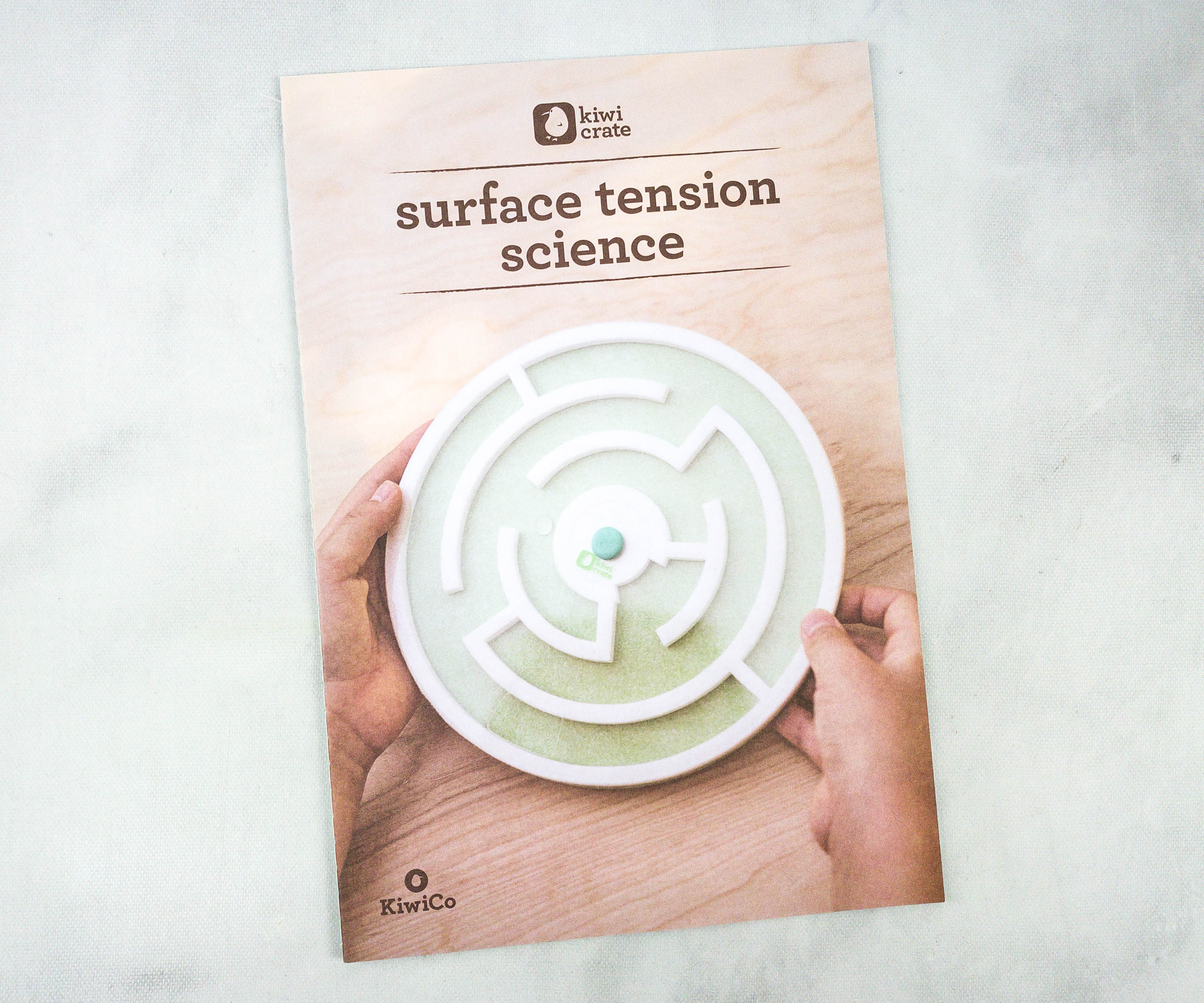
The second booklet that comes in every crate is the actual instruction booklet for the crafts, and it often includes additional activities beyond the extension projects included in explore!

Every Kiwi Crate comes with a unique Steve sticker (like your merit badge for completing the box). The first box of an annual subscription includes a poster for displaying your earned stickers.
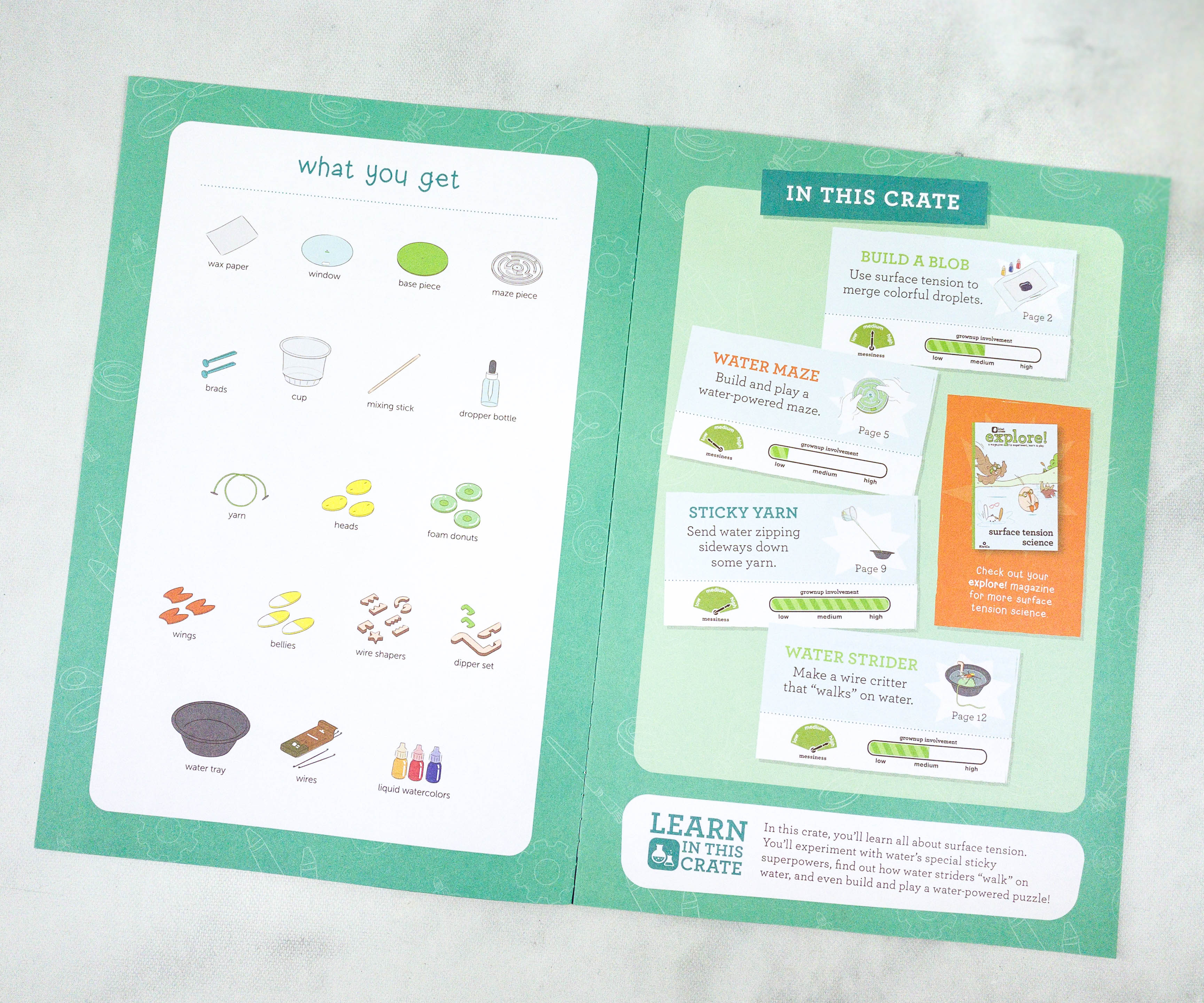
The booklet contains a list of all the supplies they provided for the crafts. It also has a rating of messiness and parental involvement for each activity.
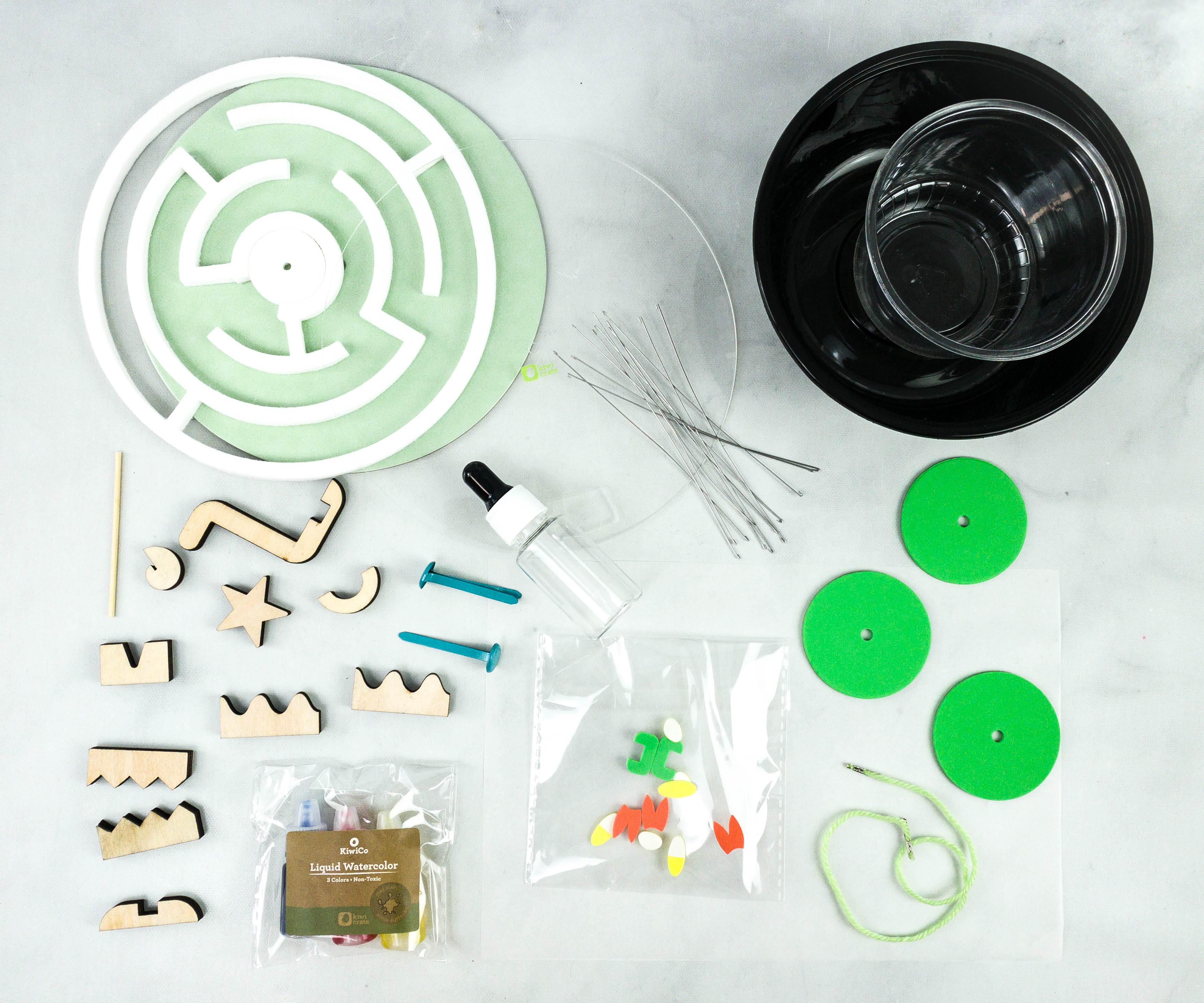
Here are all the items for this month’s Surface Tension Science project!
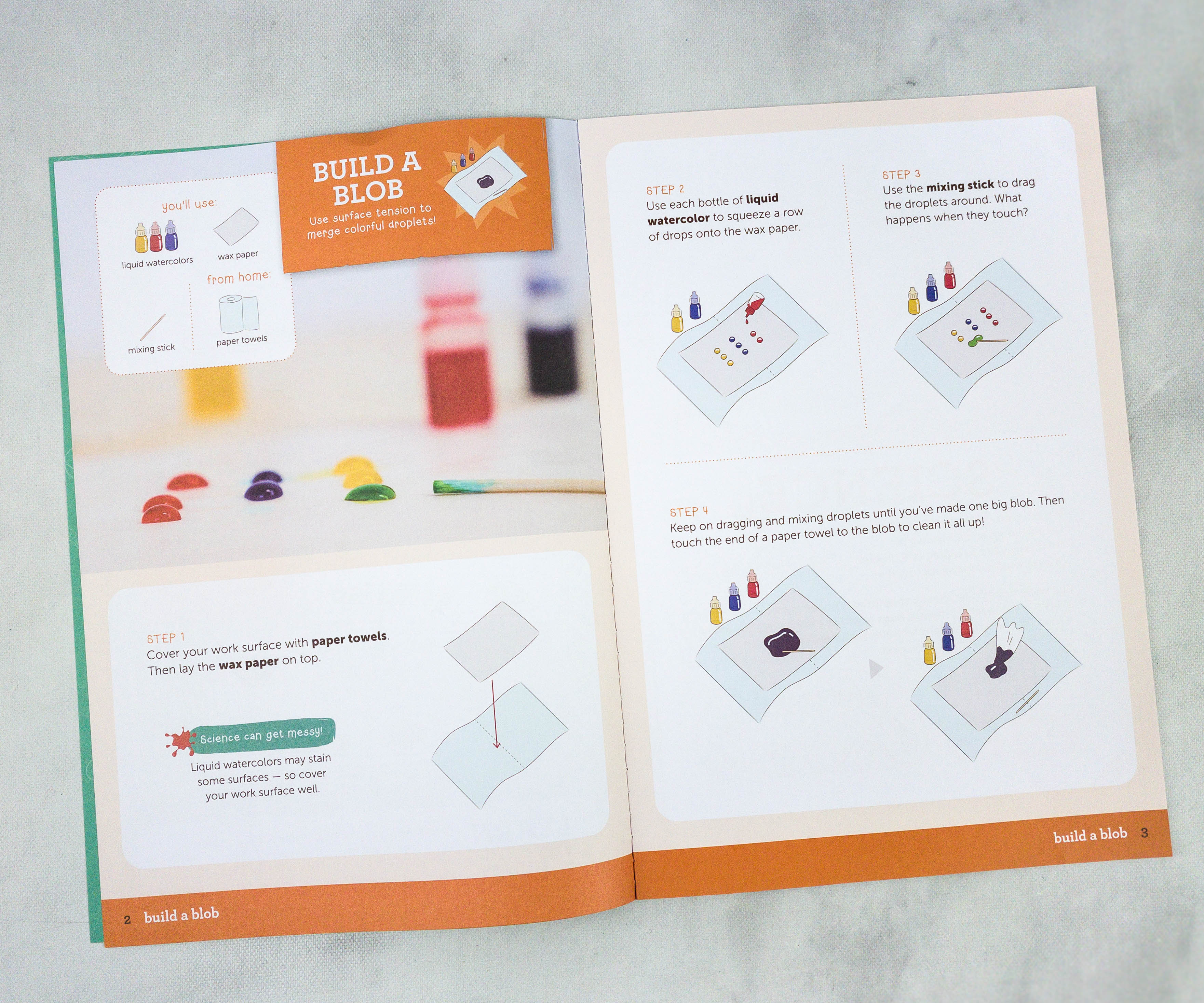
The first activity is building a blob. This activity shows that surface tension affects the merging of droplets.
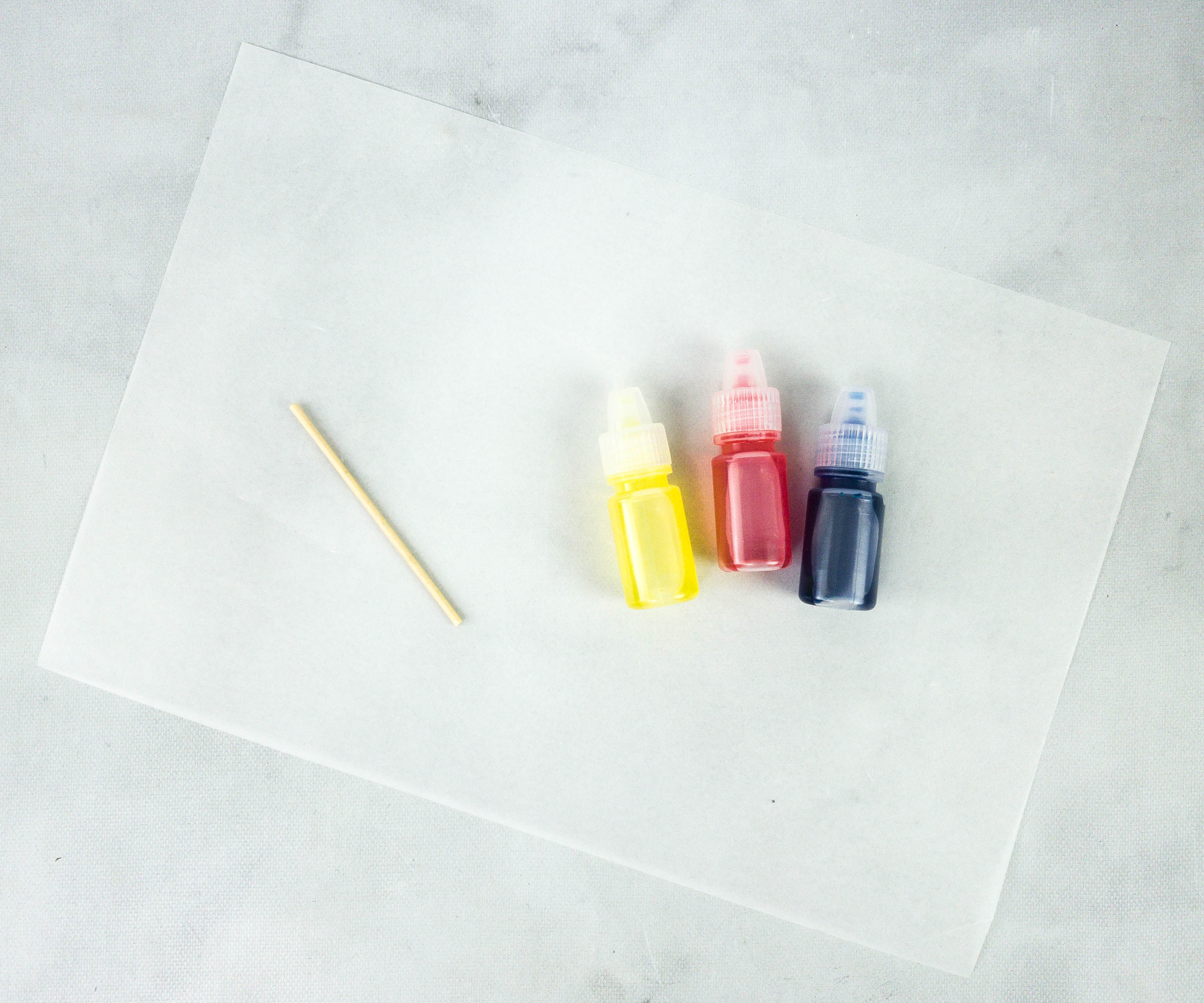
My kids used wax paper, paper towels, a mixing stick, and liquid water colors.
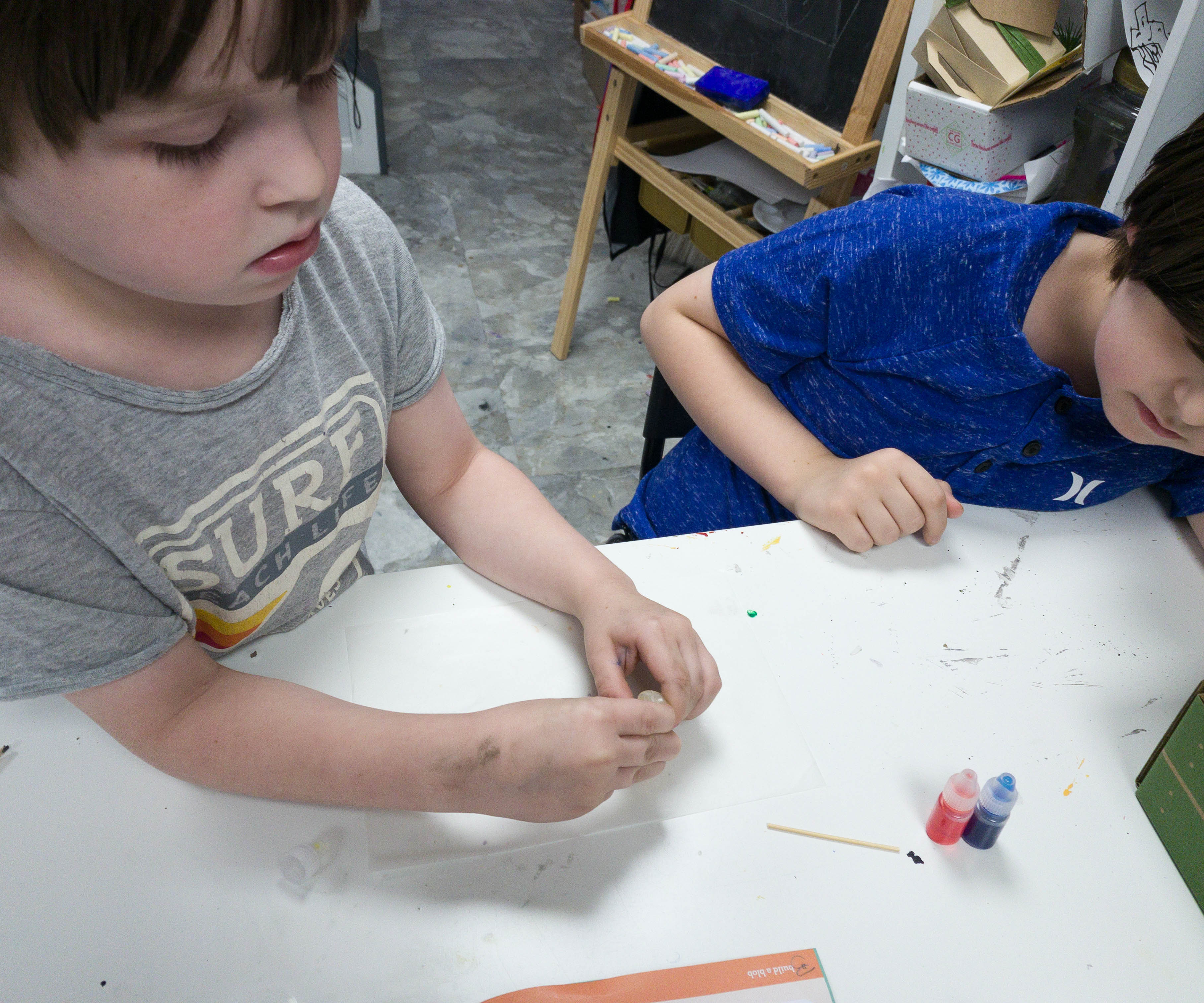
They also covered the table with a paper towel and flattened the wax paper on top of it.
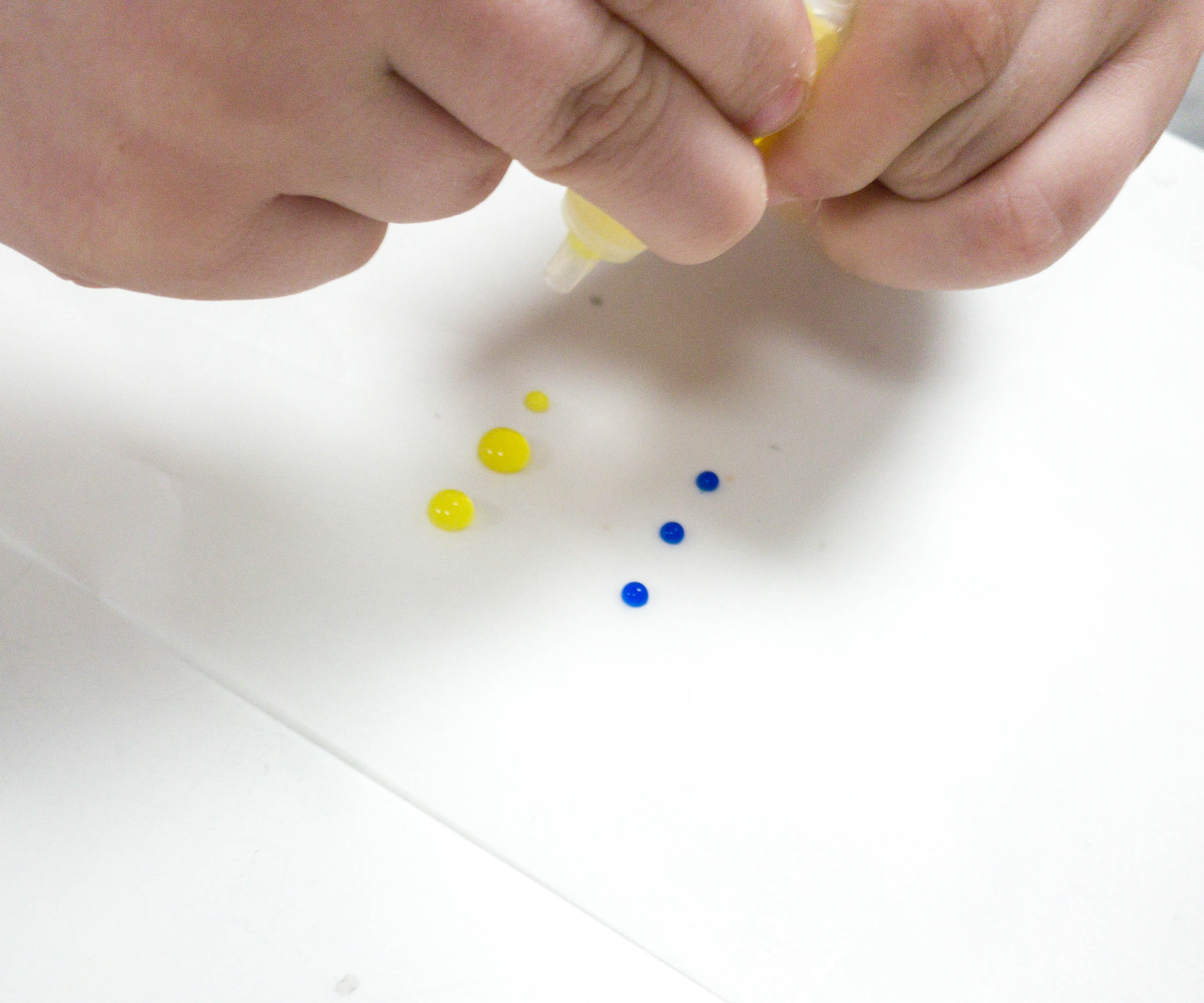
Next, my son grabbed a bottle of liquid color and squeezed 3 droplets onto the wax paper, making sure that there are enough space between each droplet.
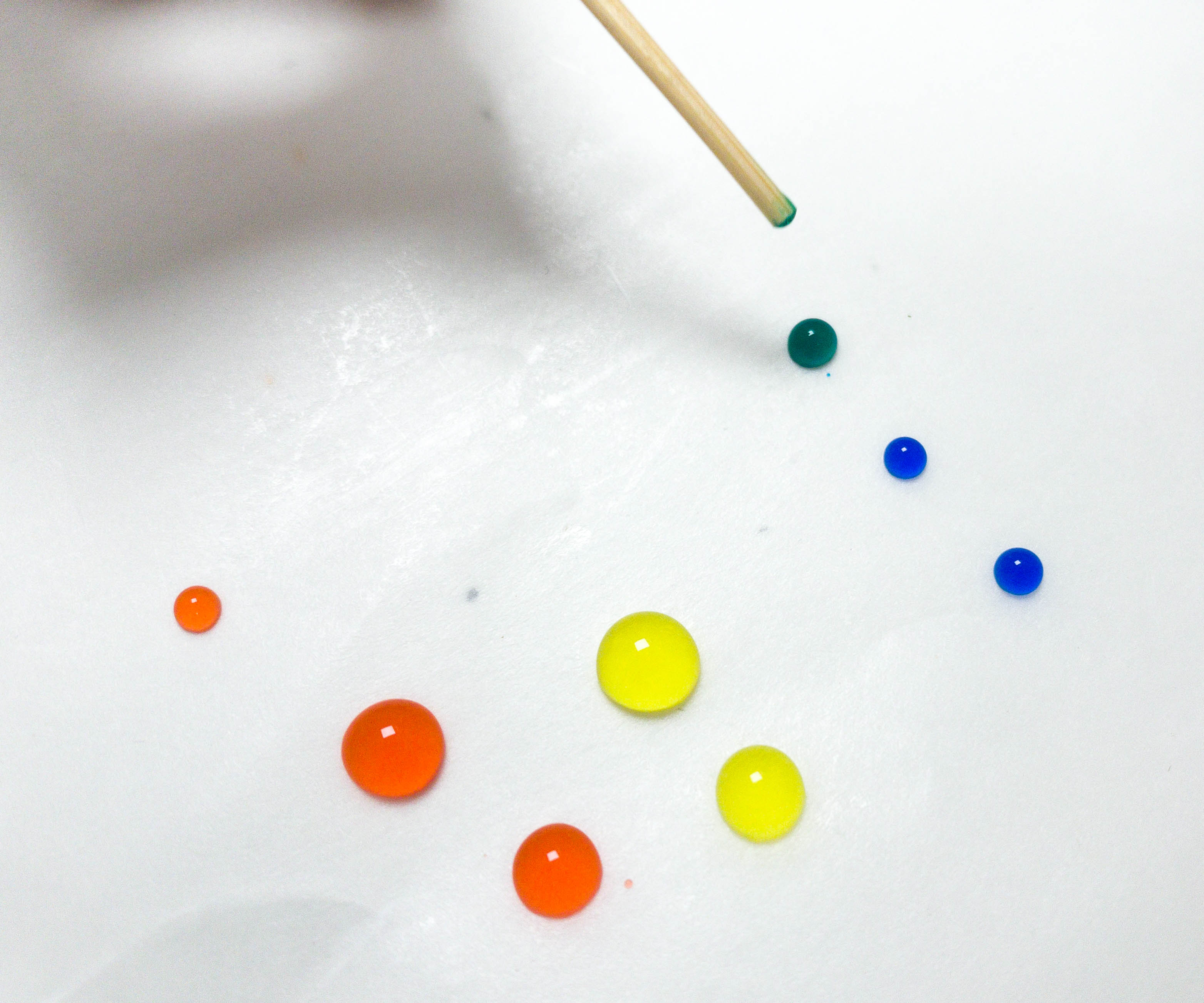
The non-absorbent property of the wax paper intensifies the liquid’s surface tension. It is what makes the liquid droplets round and stable.
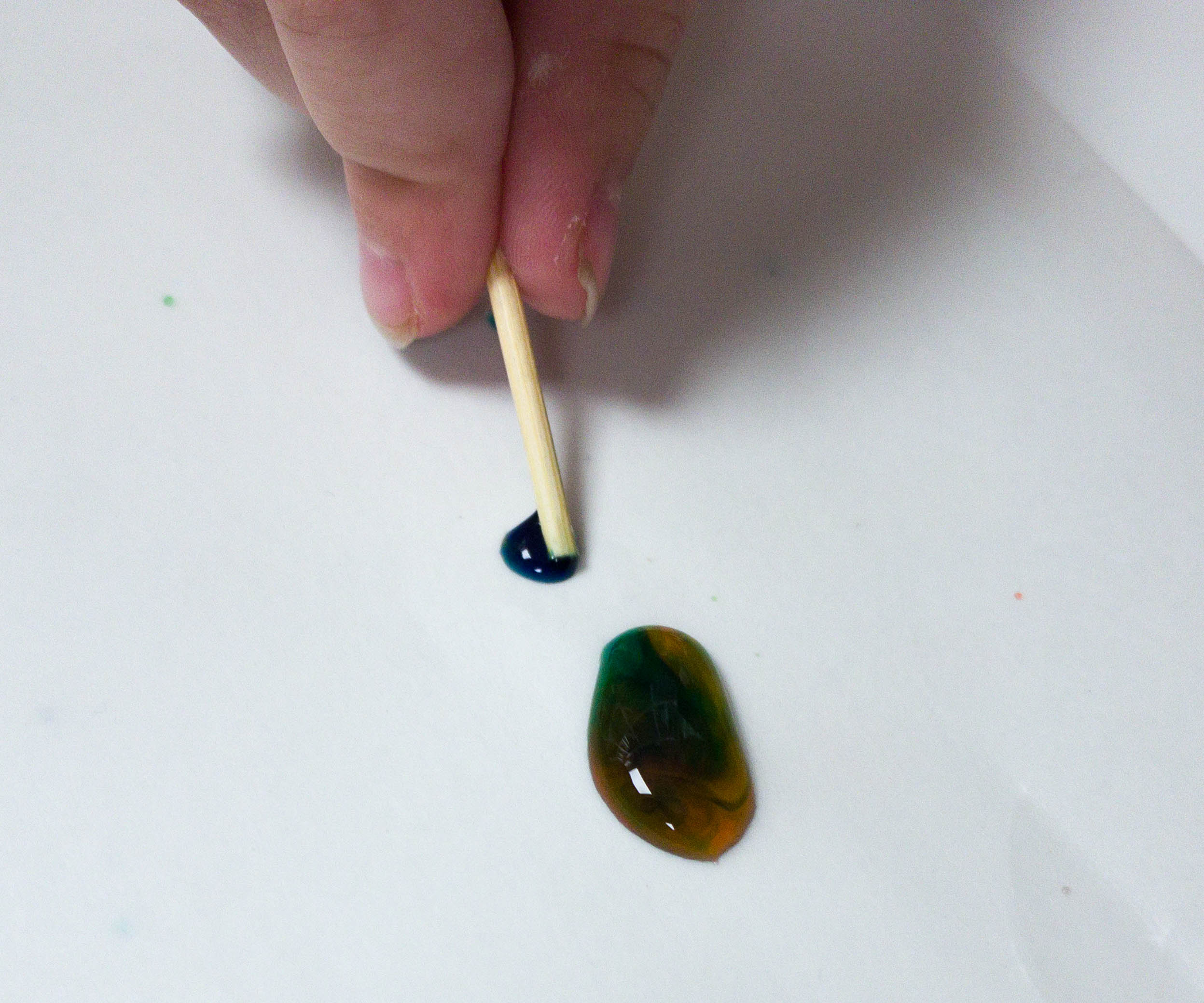
Using the mixing stick, he dragged the smaller droplet of the same color to the larger droplet. See how the colors merged and formed a larger droplet!
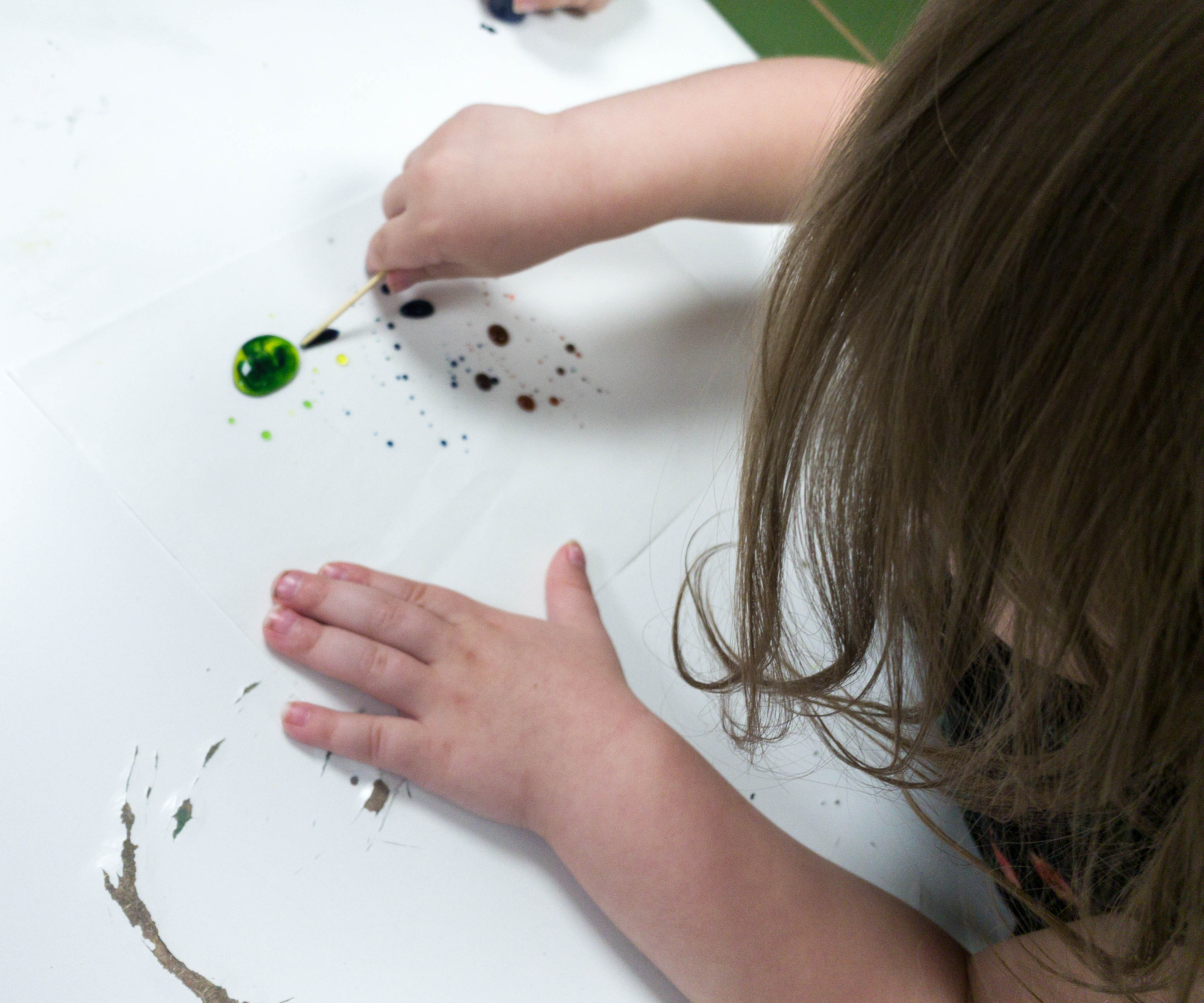
My daughter also joined the activity and poked the large droplet then dragged it to the other liquid droplet of a different color.

The second part of the project is the water maze. It’s a board game that features a water-powered maze!
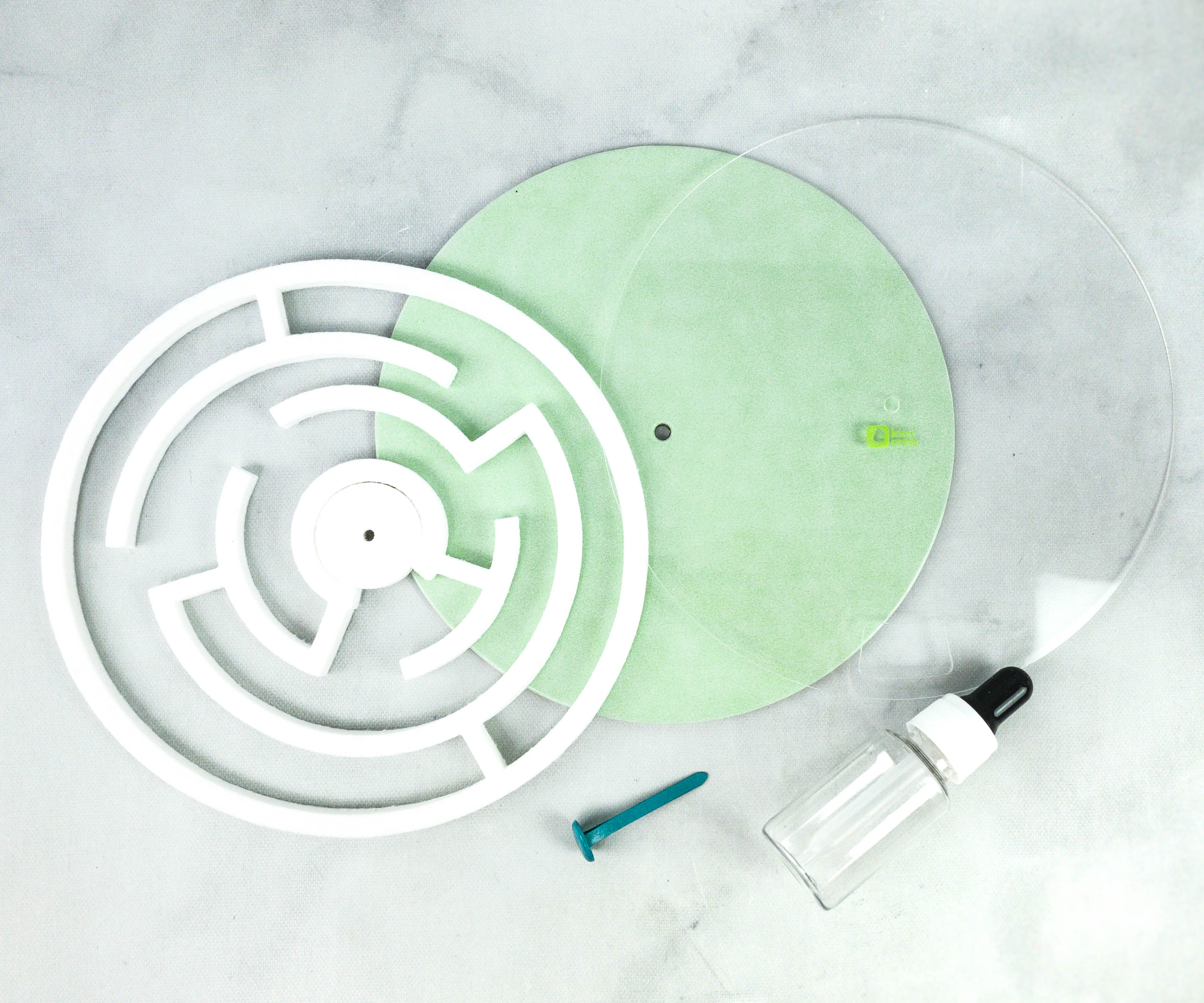
For this project, my kids used the base piece, maze piece, window, brad, dropper bottle, and water from home.
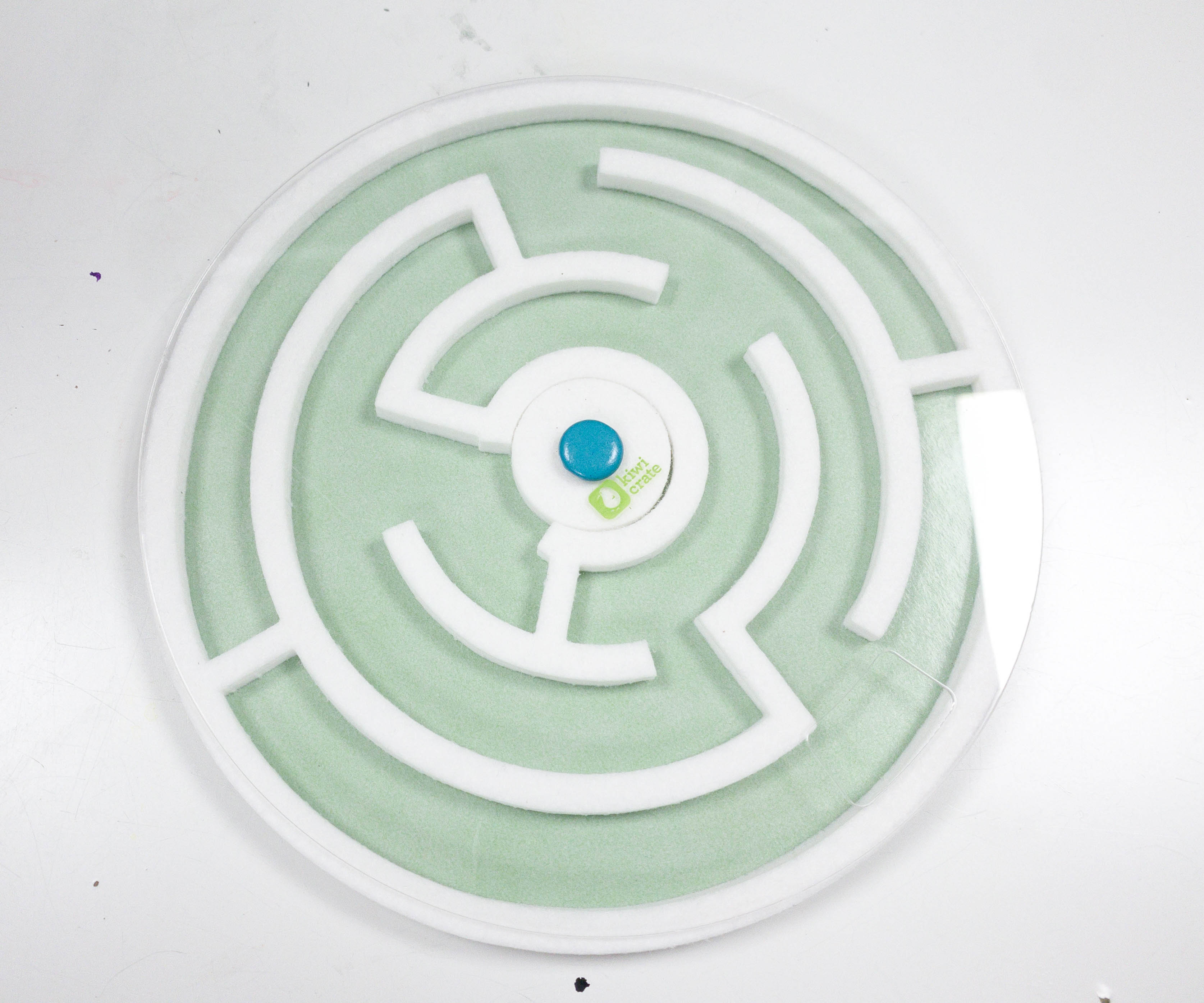
My kids started by putting the base, maze piece, and the clear window together.
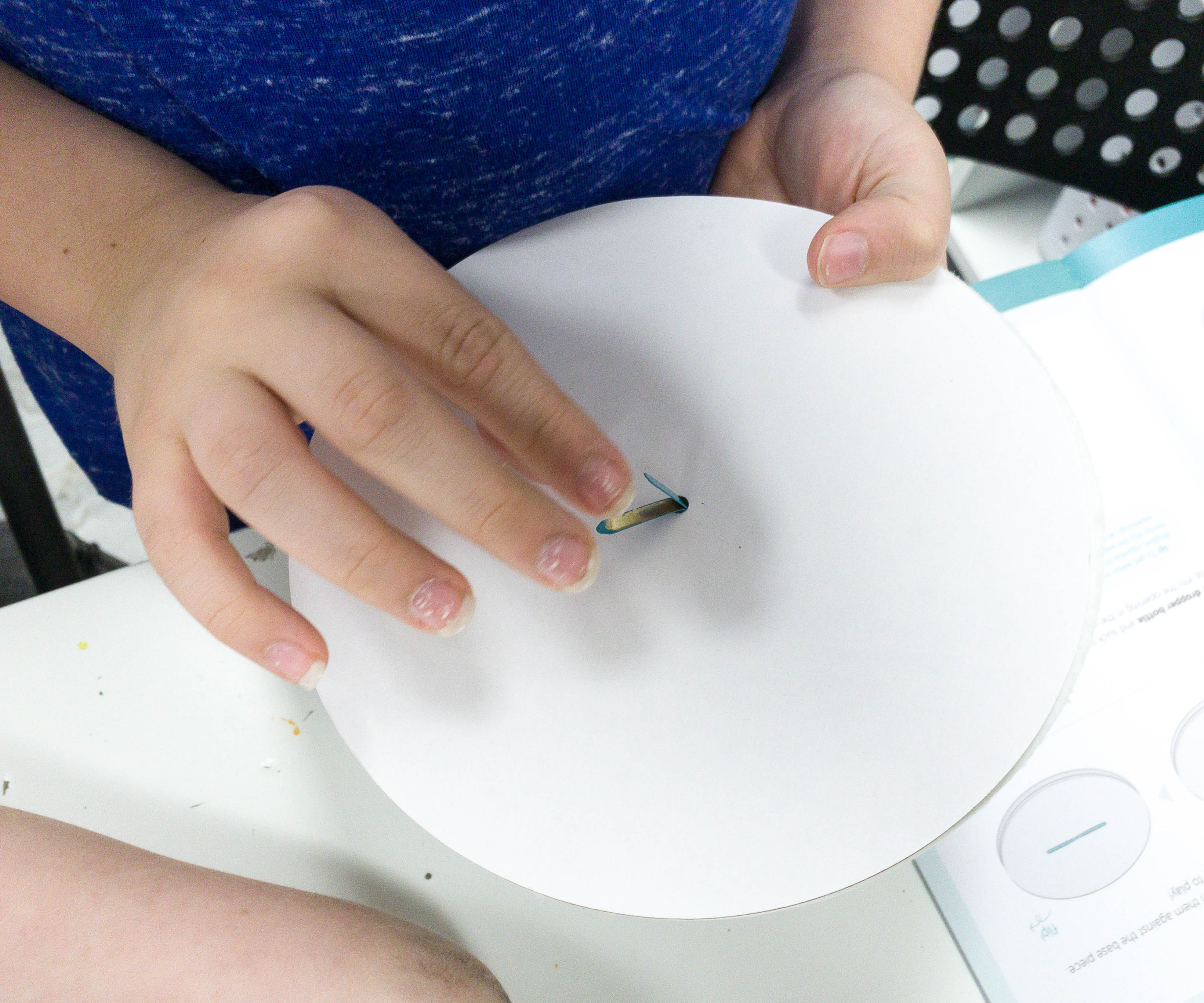
They locked the pieces together by poking the brad through the bottom and splitting the legs.
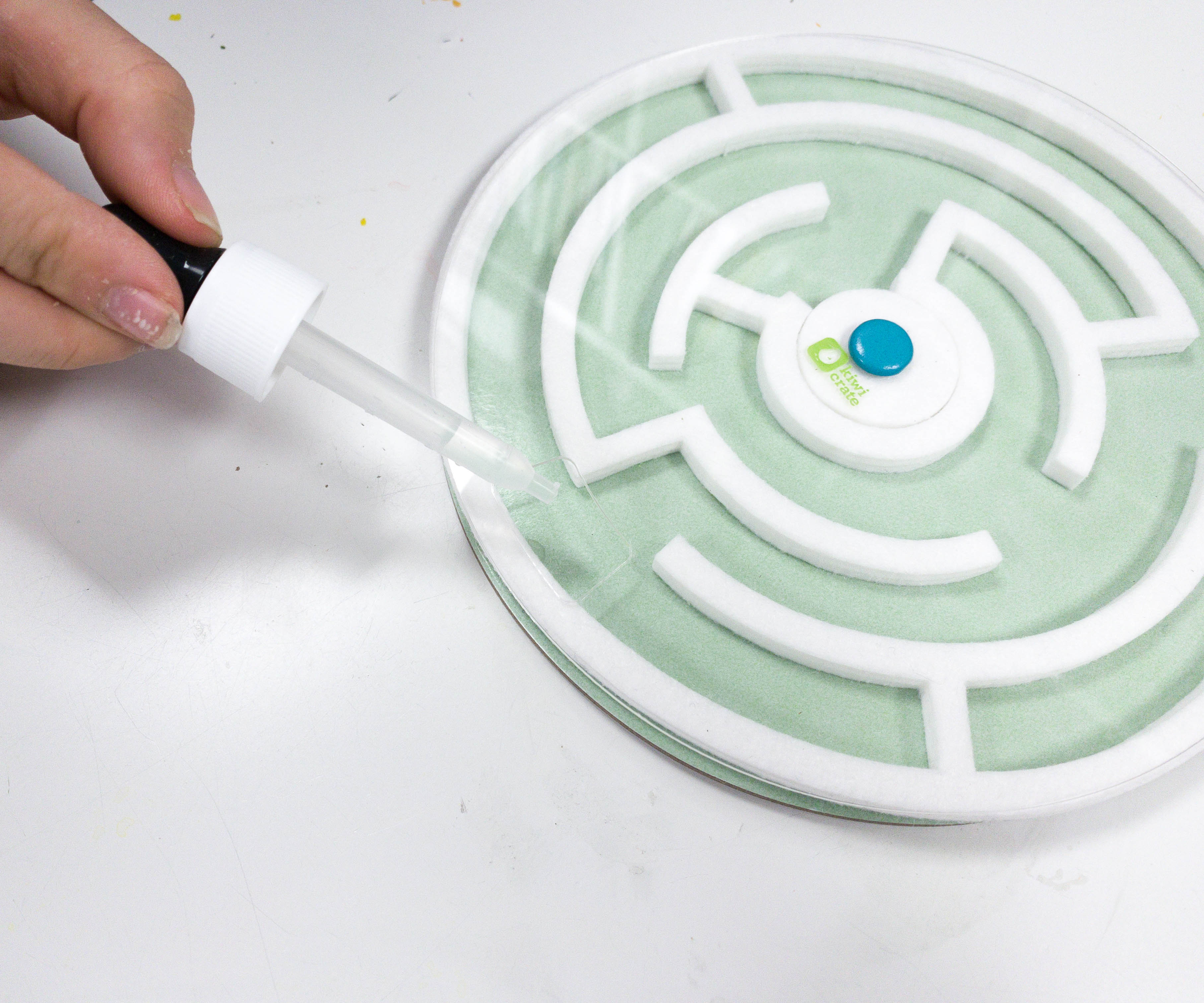
The next step is to put a droplet of water onto the space provided on the glass. This part is the starting point of the maze!

Like the first project, the surface tension of the liquid is what makes the droplet of water form a round shape.
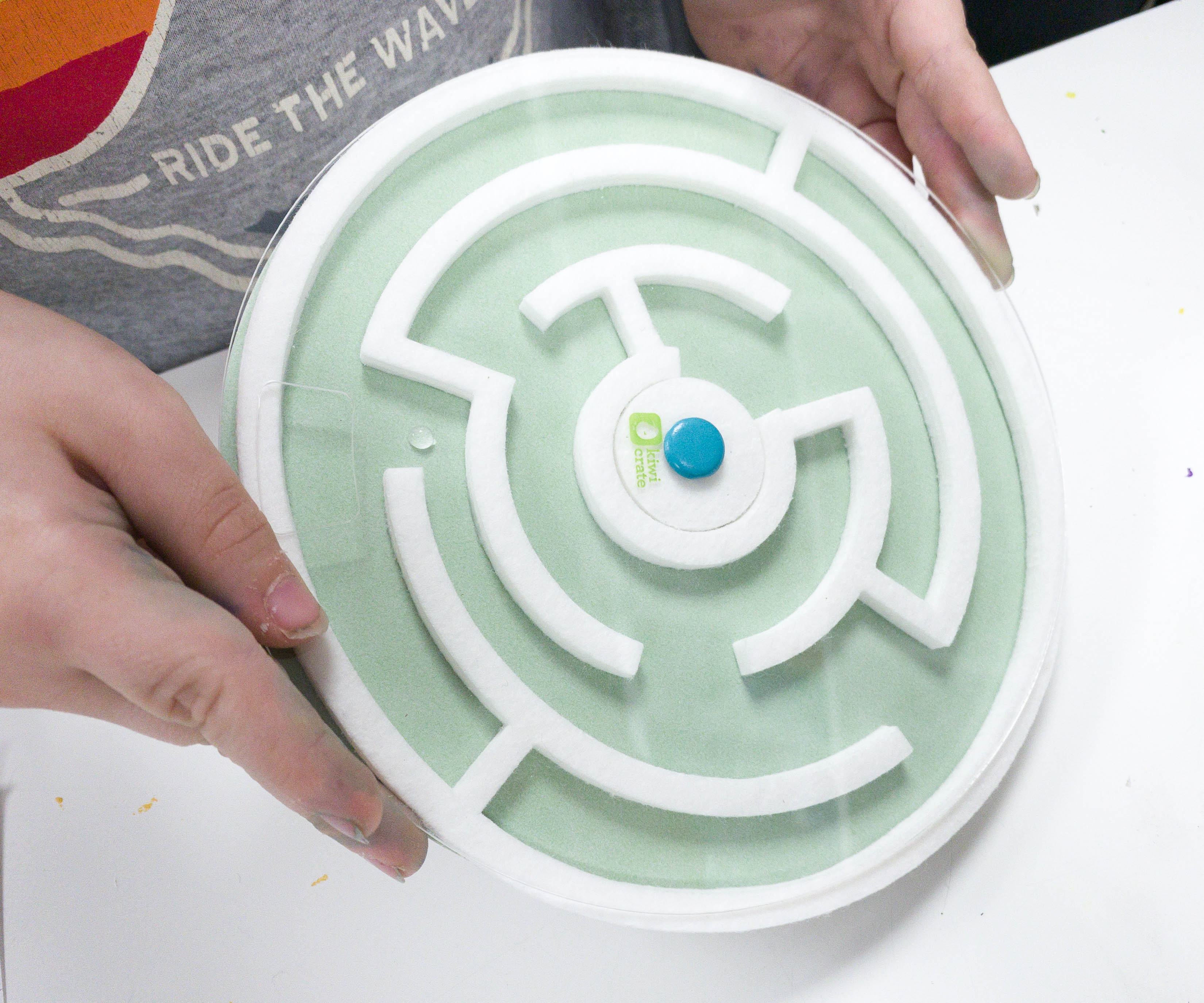
The purpose of this game is to move the droplet of water from the starting point to the center by simply maneuvering the maze.
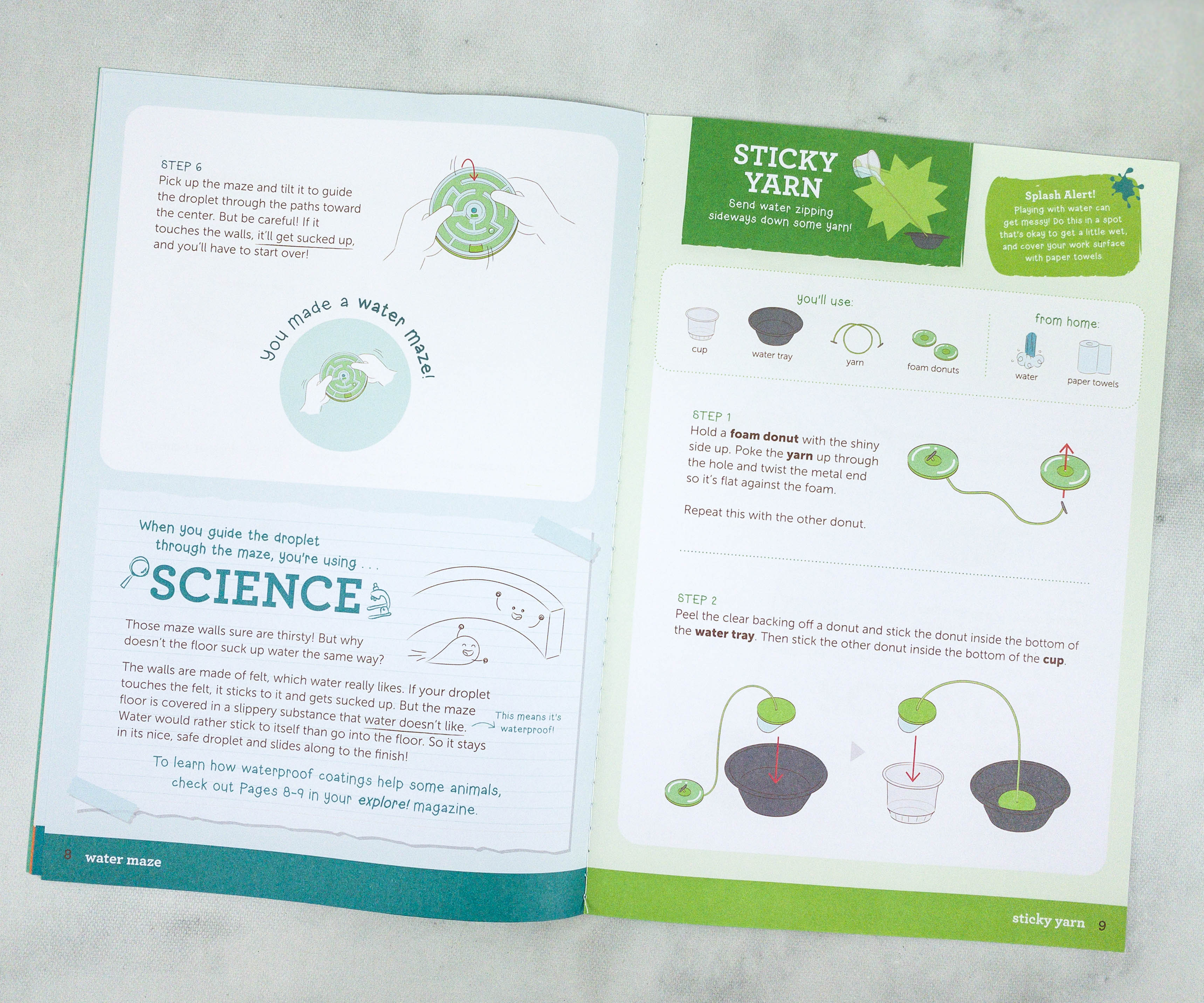
The sticky yarn project shows how water drips down through the wet yarn without falling directly to the ground.
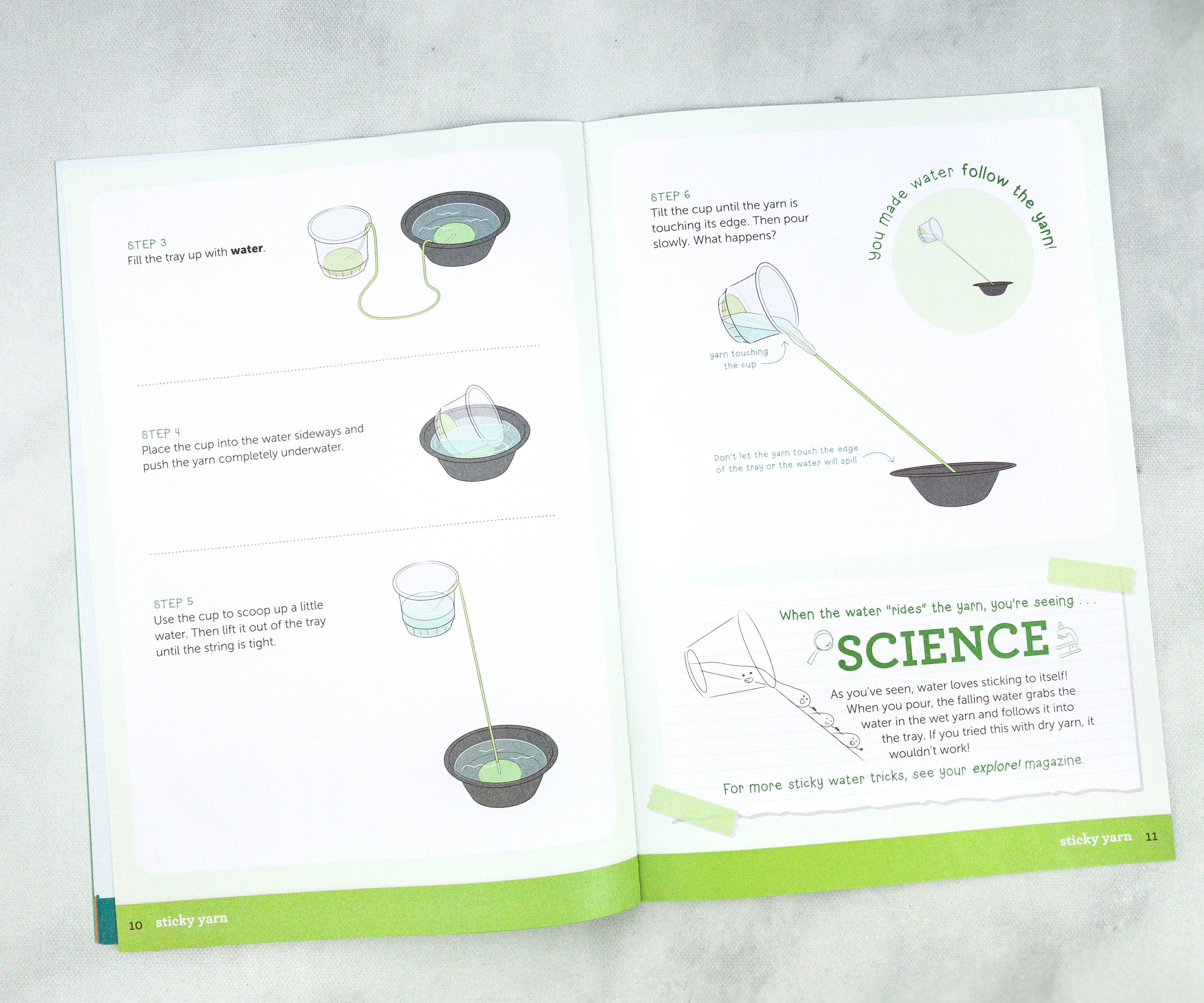
According to this part of the booklet, when you pour the water in the wet yarn, it will follow the trail of the yarn and go straight to the tray.
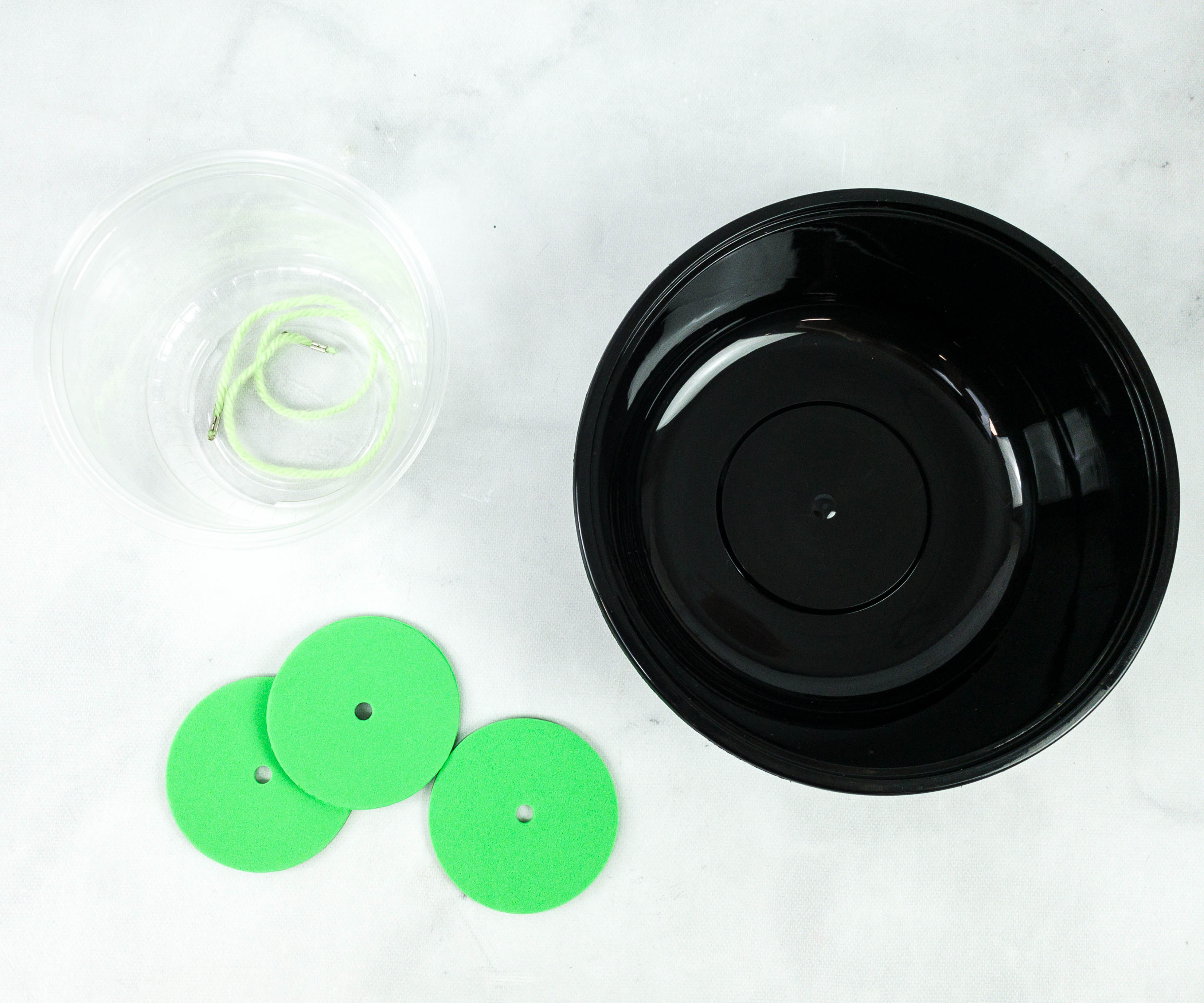
For this project, the crate provided a cup, water tray, yarn, and foam donuts. It also needs water and paper towels from home.
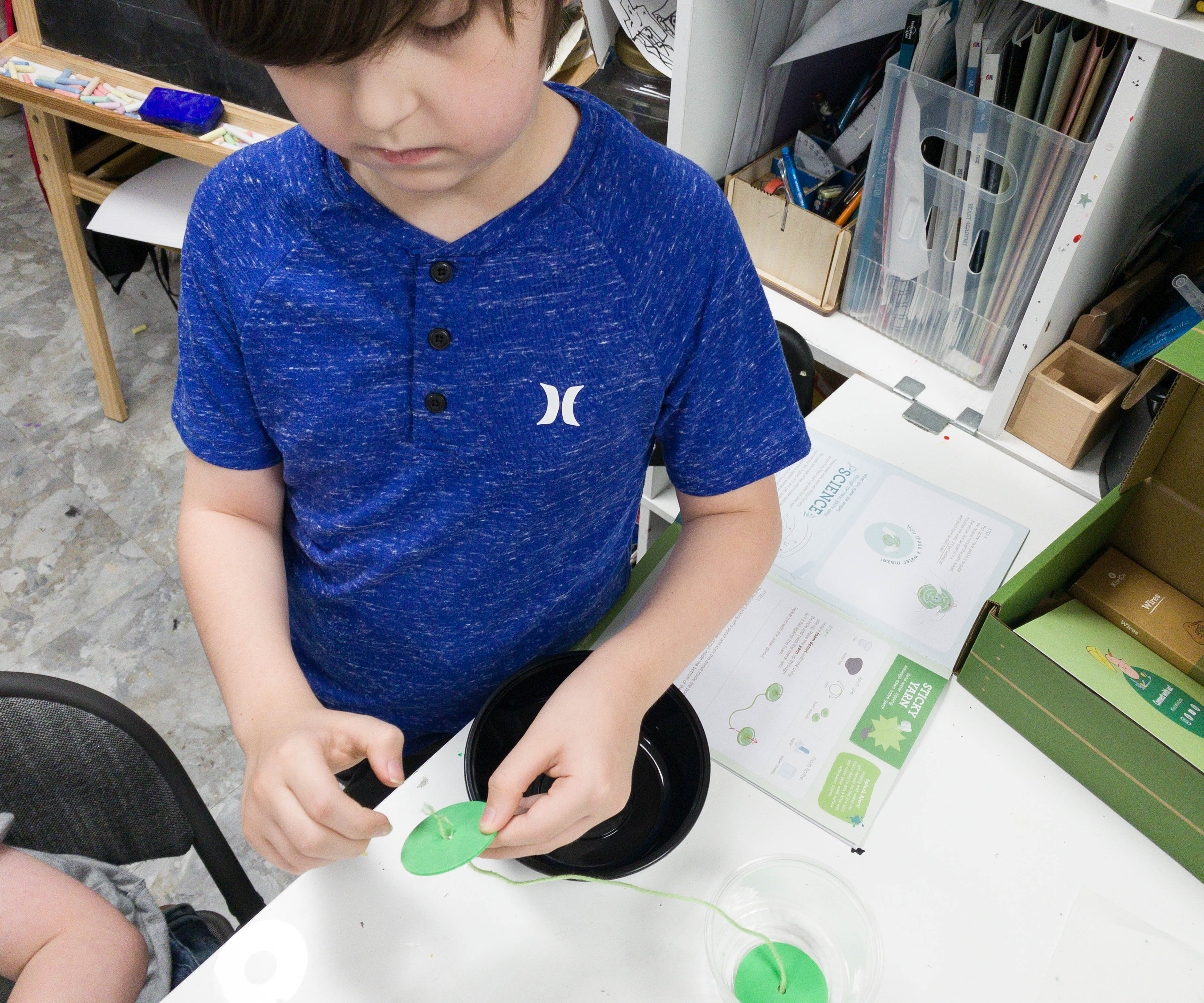
My son held the first donut foam, poked the yarn up through the hole, and twisted the metal end so it is flat against the foam. He did the same procedure for the other donut foam.

He also peeled the clear backing off the the donut foam and stuck it at the bottom of the water tray. He did the same for the plastic cup.
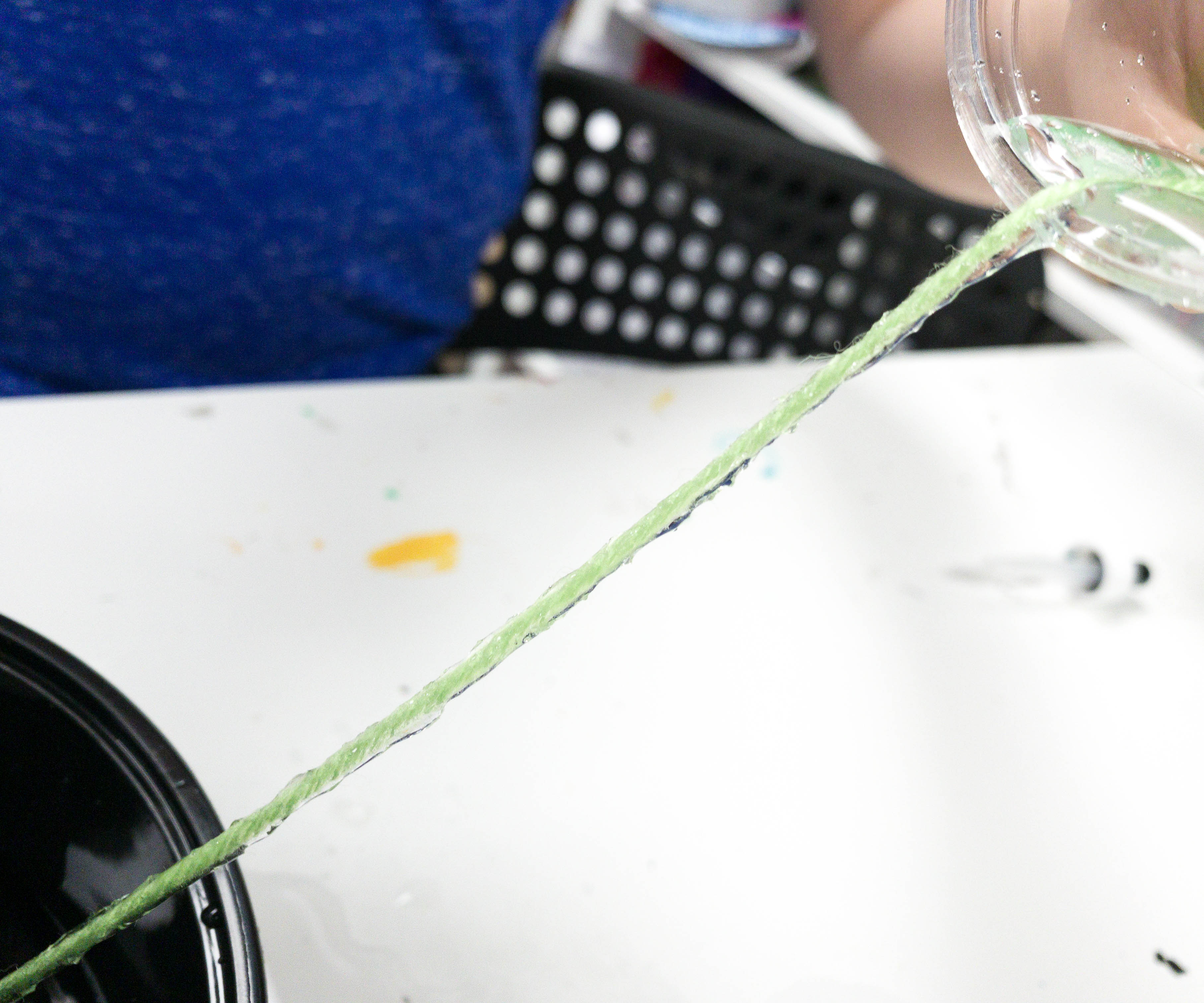
Now, it’s time to fill the plastic cup with water and slowly tilt it until the water drips down to the tray.
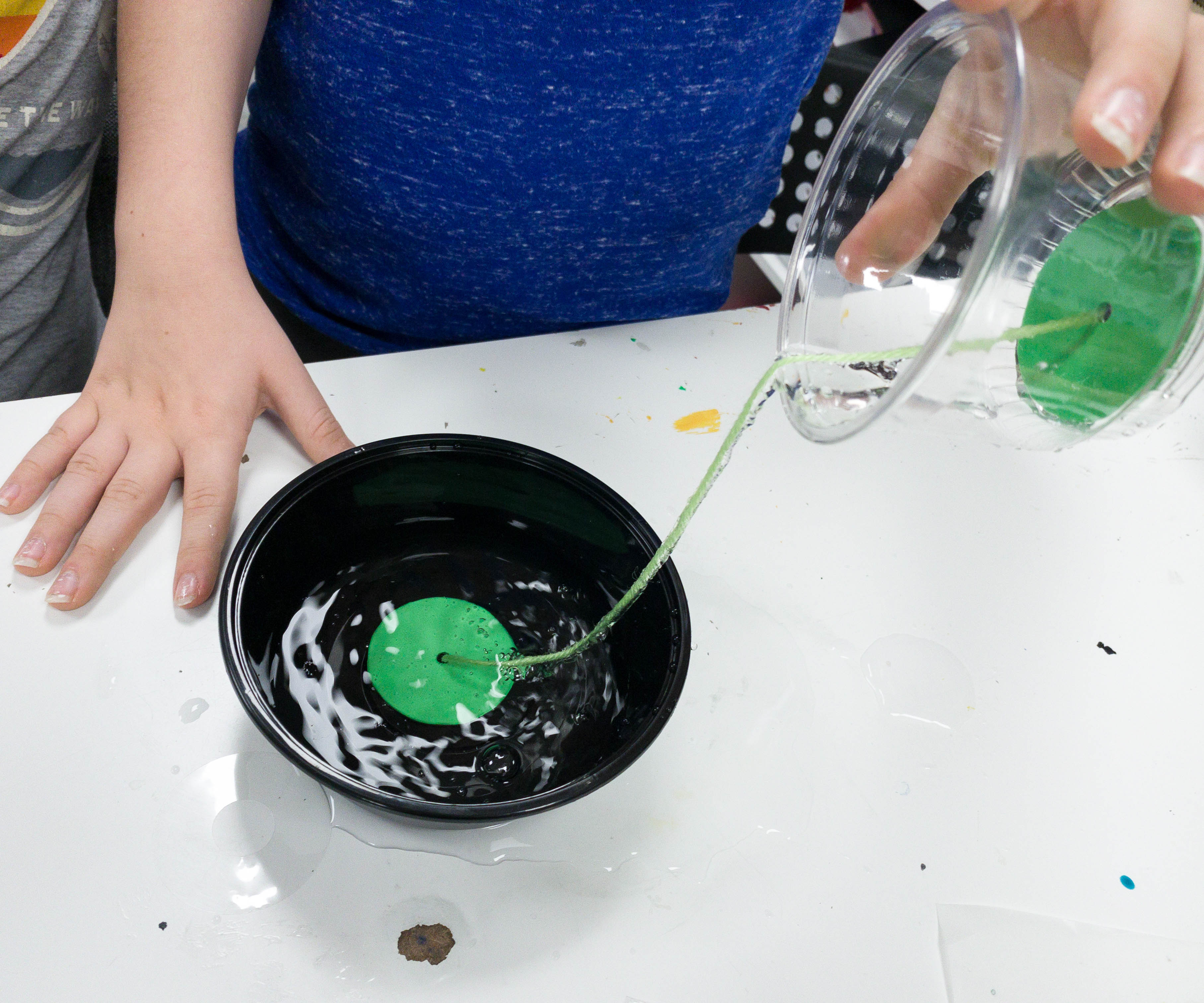
My kids observed how the water flowed from the plastic cup to the tray through the yarn without dripping on the table!
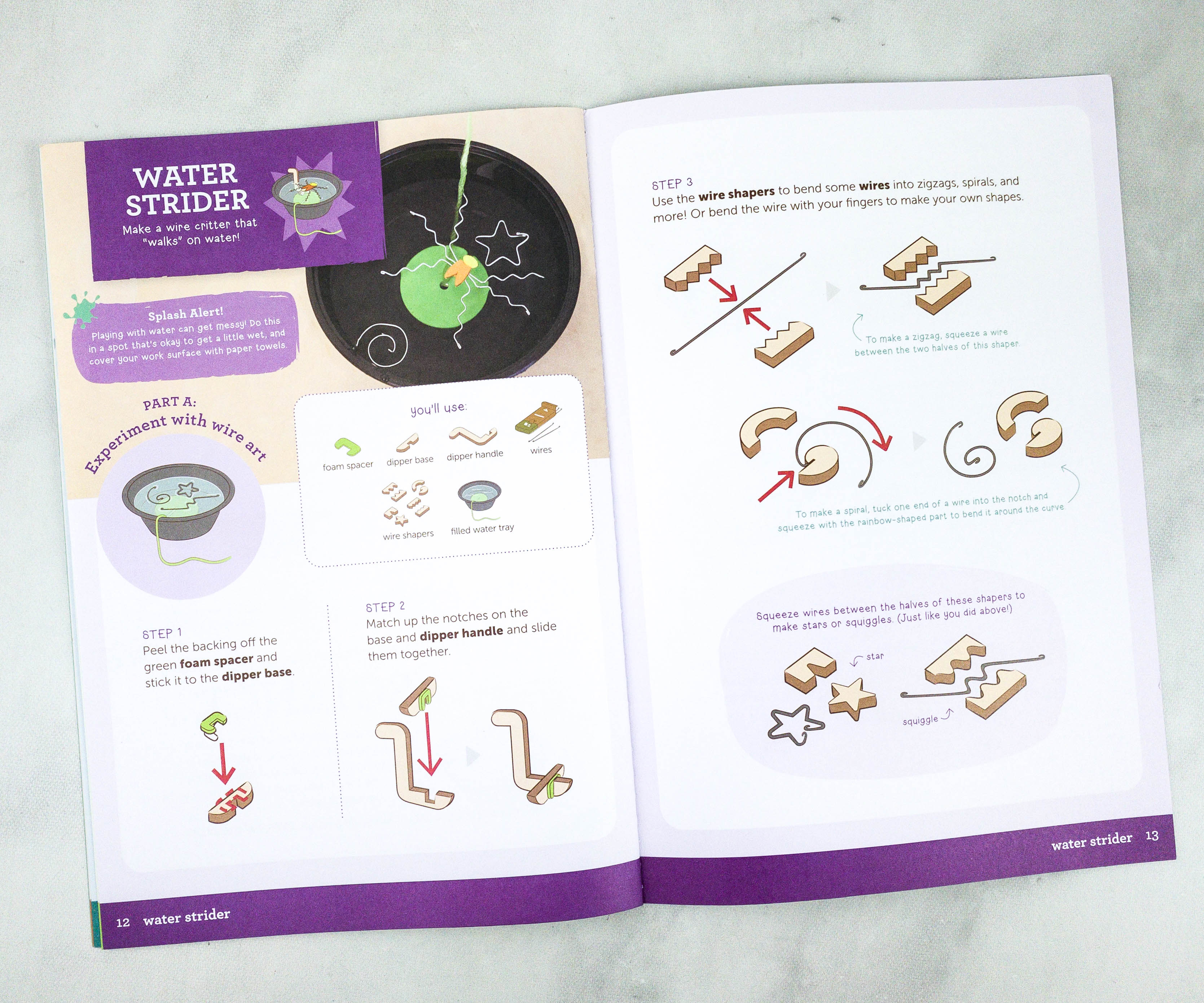
The final project is creating a water strider. It’s a toy that can float on water!
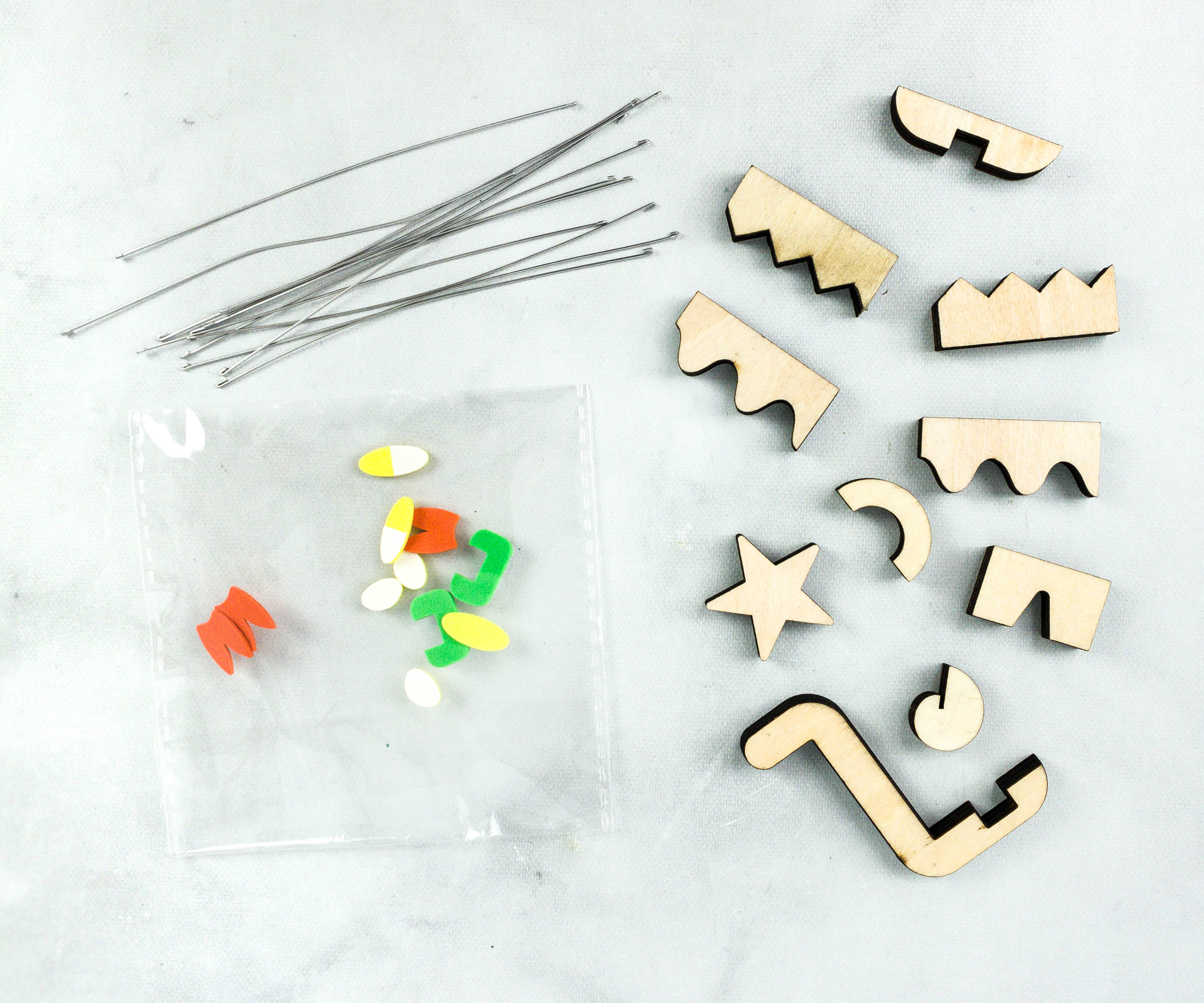
For this one, my kids used foam spacers, dipper base, dipper handle, wires, wire shapers, sticky foams, and a filled water tray.

The first step is to stick three wires onto the belly sticky foam to make legs.
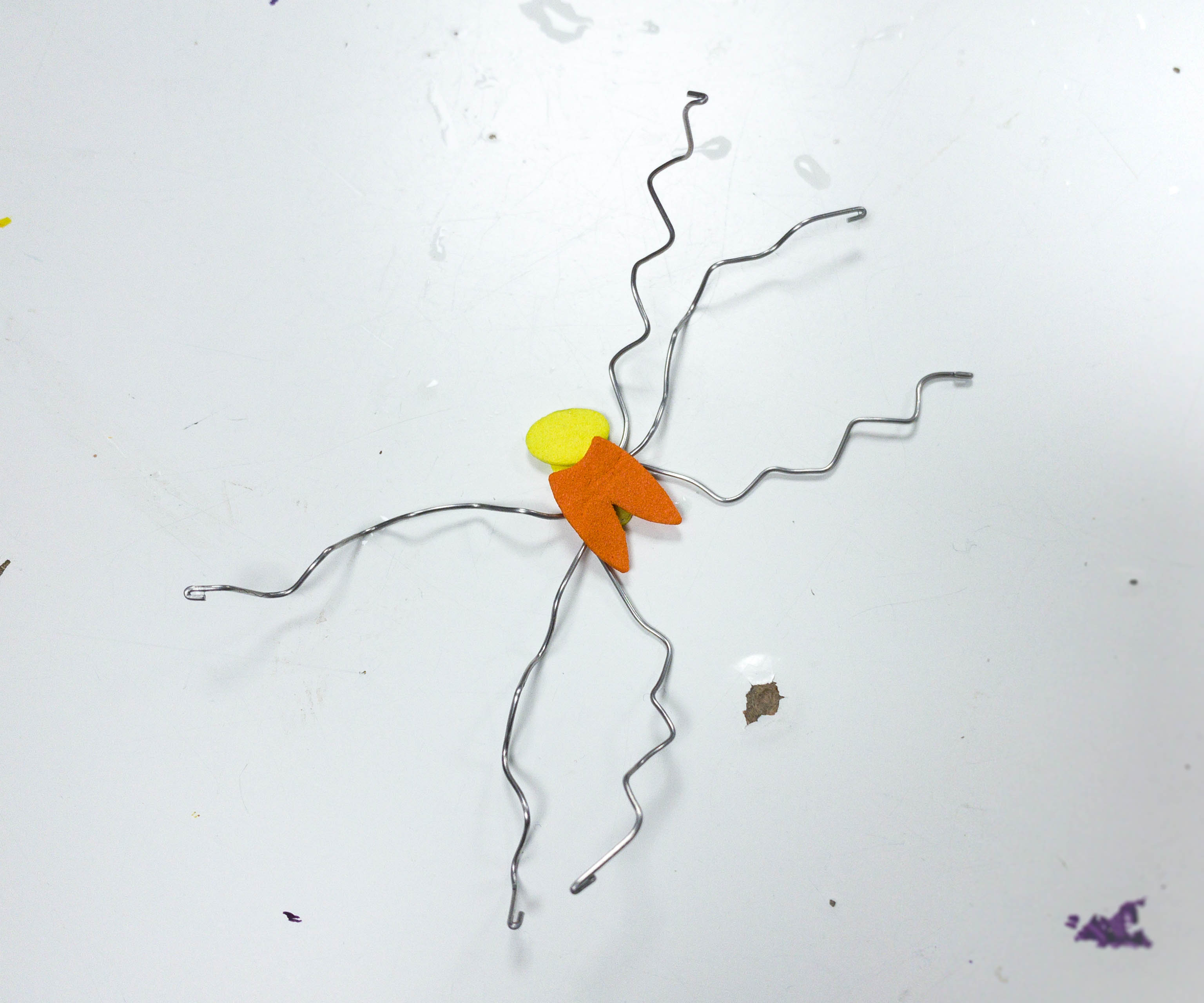
Then, cover the wires by simply sticking a set of wing sticky foam on top of the wires.
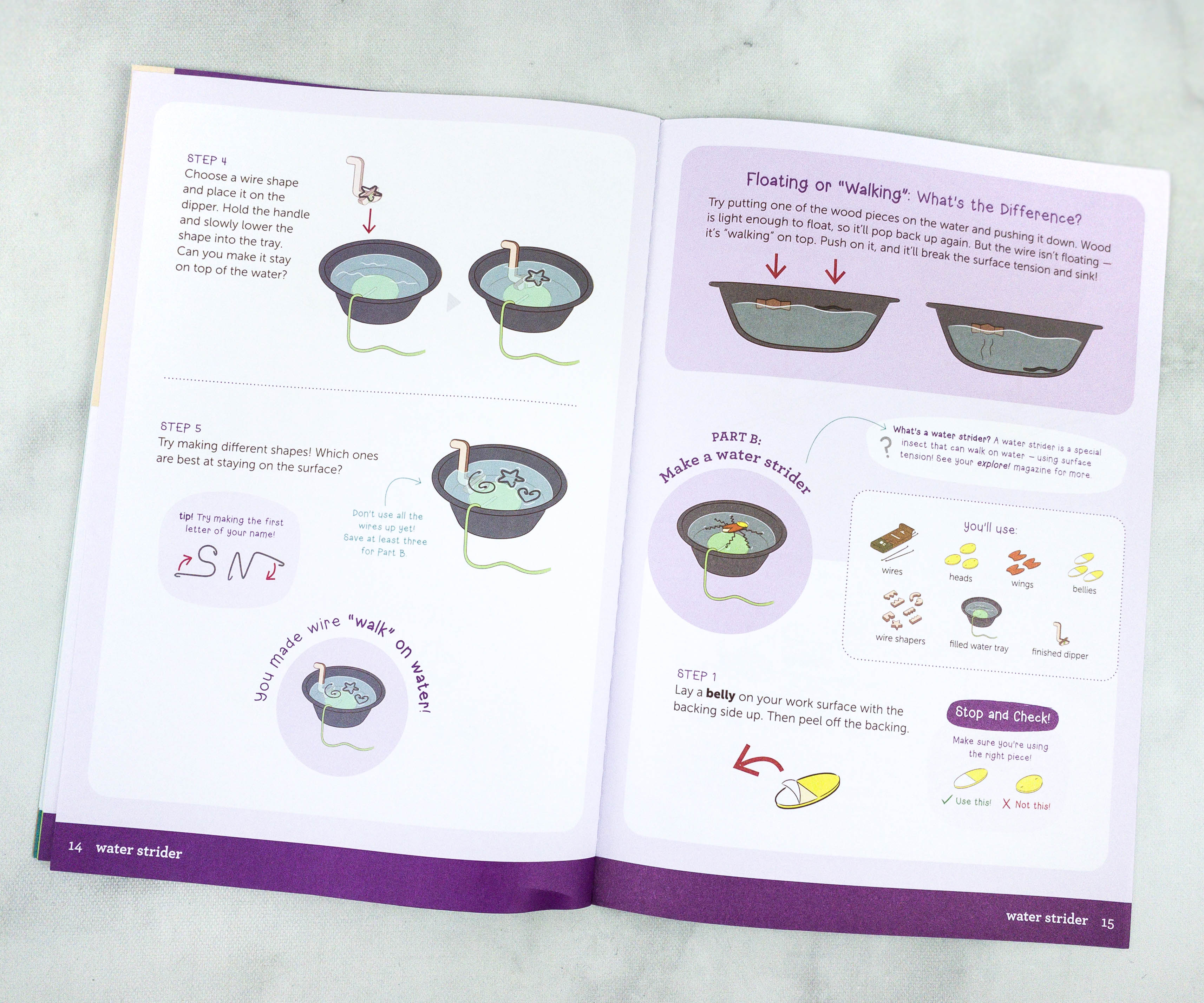
As expected, the instructions on the booklet were precise and very easy to understand.

The illustration makes things a lot easier.
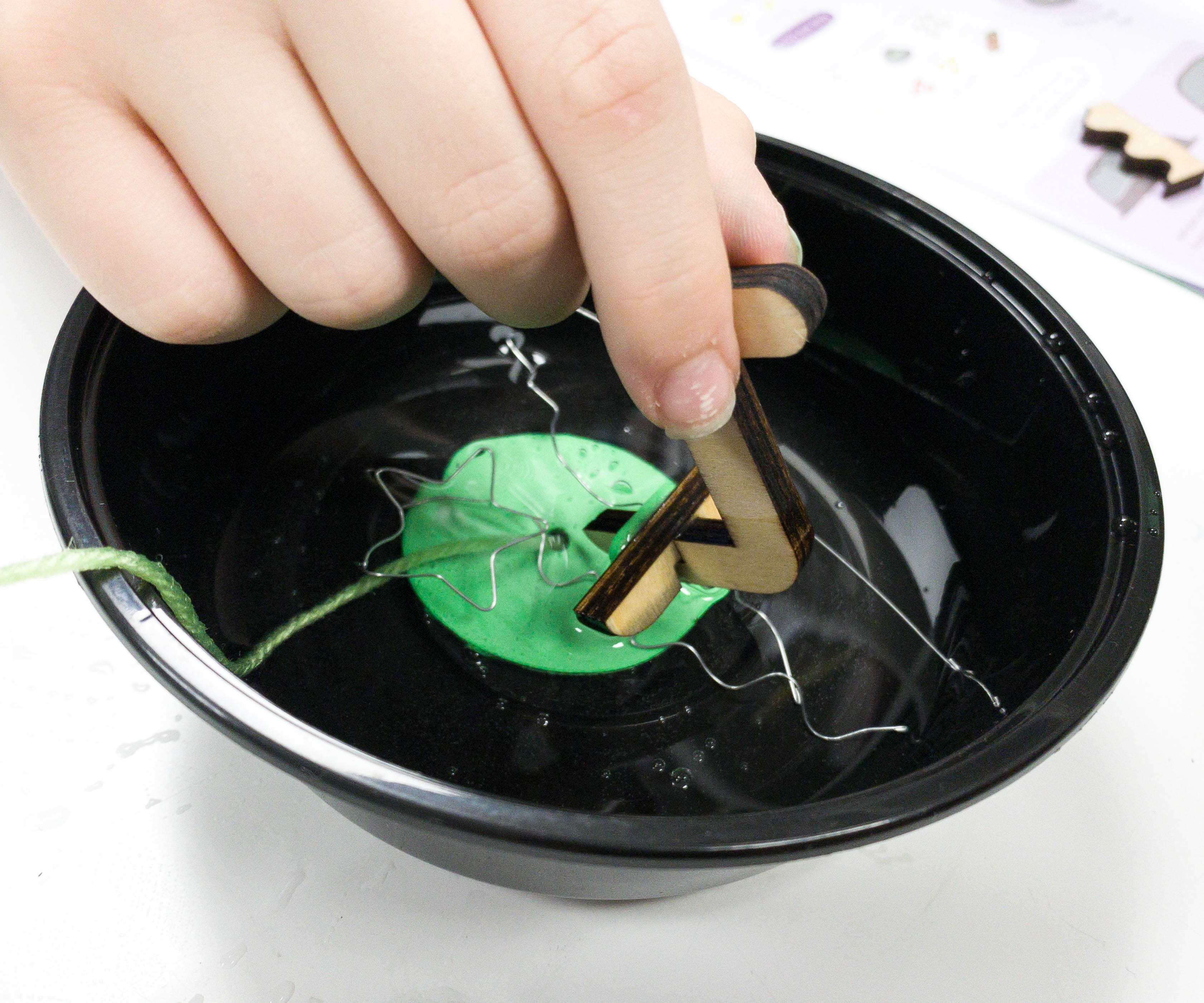
If you drop your strider directly into the water, it’ll break the surface tension and just sink, but if you put it gently with the dipper, it balances on the surface!
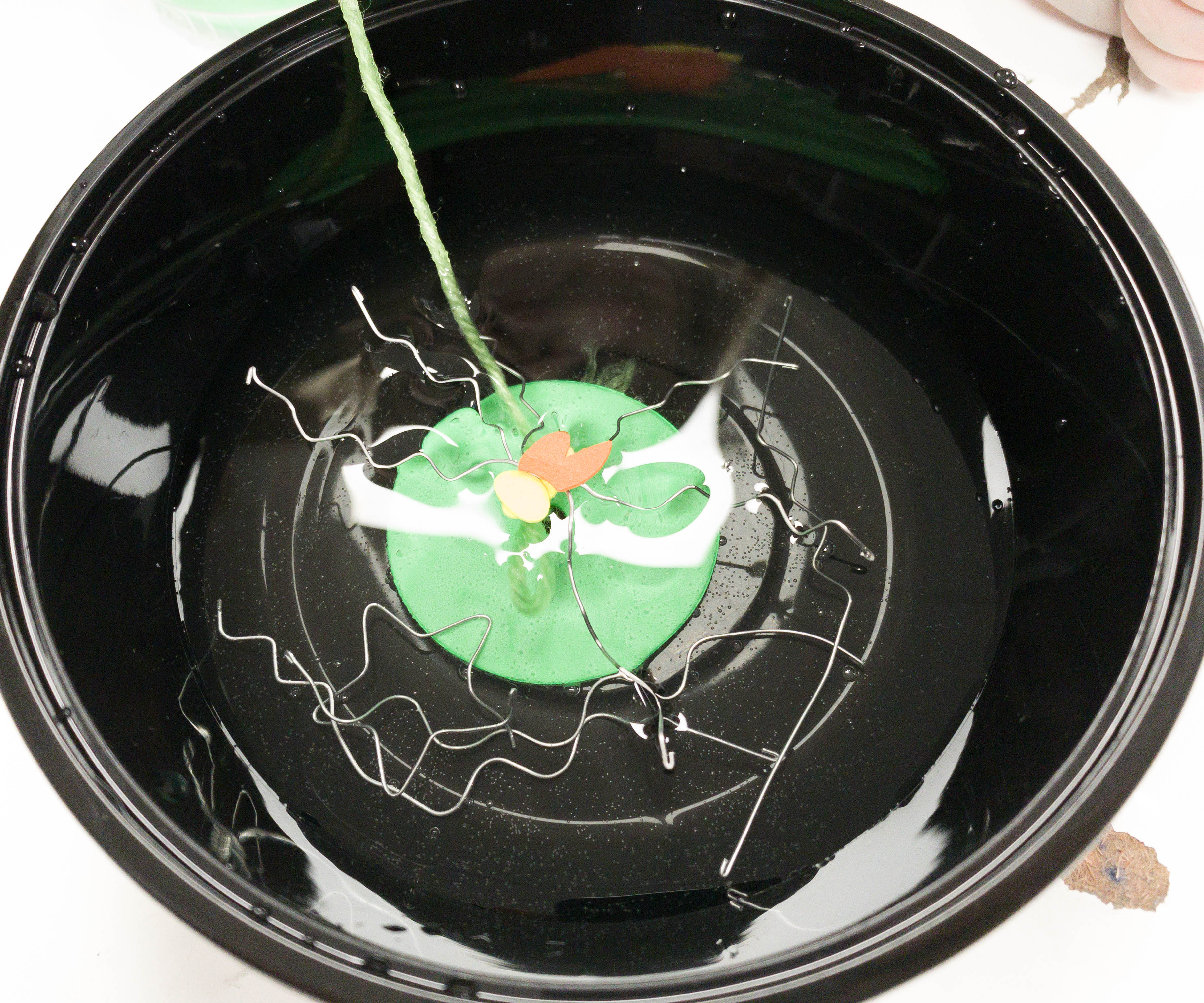
The surface tension from the water keeps the strider from floating!

It’s yet another impressive box from Kiwi Crate! We’re amazed by how they come up with fun science-related projects that teach kids new concepts while they have fun. My children had a really great time assembling the projects, including the water maze, sticky yarn, and water strider. Aside from the science, these projects also help enhance my kids’ building skills and ability to follow instructions. If you’re looking for a kid-friendly way of introducing new science concepts to kids, this is it! Kiwi Crate is an ideal subscription for learning and fun at home and you can even give it as a gift!
Did you enjoy this month’s activity? Let us know in the comments!
Visit Kiwi Crate to subscribe or to find out more about this fantastic kids’ craft subscription box!




Comments
My grands get these and I’ve helped complete quite a few of these. I’m not sure who has more fun, me or them!
And BTW, I’m a retired special needs teacher, these would have been wonderful for my class!